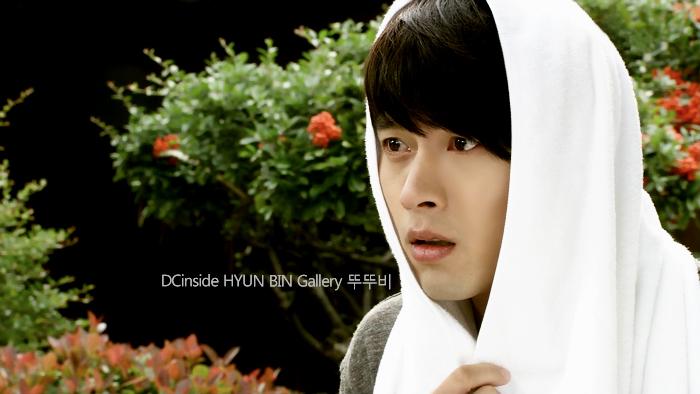ดูการเมืองการเมืองแล้วเครียด กลัวห้ามใจไม่ไหวจะโดดถีบทีวีกะคอมซะ  ดูบินดีกว่าเนาะ
ดูบินดีกว่าเนาะ
รอสาวใจดีแปลนะจ๊ะ 
‘Come Rain, Come Shine’ (‘Saranghanda, saranghaji anneunda’)
Reviewed by Khia Beauchesne
(from the 2011 Los Angeles Film Festival)
Directed/Written by: Lee Yoon-ki
Starring: Lim Soo-jung and Hyun Bin
“Come Rain, Come Shine” makes a big impact with a small cast and a plot dripping with raw emotions. Director Lee Yoon-ki is no stranger to the Los Angeles Film Festival, and like his previous films “My Dear Enemy” and “Ad Lib Night,” his latest delves deep into the bonds of family and love.
The opening scene drops viewers right into the start of a couple’s downward spiral: As the man (Hyun Bin) drives his wife (Soo-jung Lim) to the airport, she confesses her infidelity. The lead-up to the confession is well-crafted in the sense that while it isn’t completely obvious, some viewers may see it coming. The reaction from her husband is a far cry from an expected outburst of rage — rather, he accepts it and carries on making plans to pick her up from the airport upon her return, and together they casually make tentative plans for her to move out.
The film then moves to their home after she has returned from her trip. It is the day she has come to pack up her things and move out. The span of the rest of the film lasts a day, but 105 minutes of such an emotionally wrenching day takes a toll on viewers. Their roles are identified quickly, with the man’s passive personality and eagerness to please shining through just as obviously as the woman’s soft yet spoiled nature.
A torrential downpour outside keeps the couple trapped inside. The doormat of a man sporadically hovers around his ex-wife as she packs, drawing out her softer side by helping her at every opportunity and through shared nostalgia. The storm outside suits the mood inside as the film progresses though a series of quiet conversations and reminiscing.
The time span of the plot is short but intense, and the series of memories from the past, combined with their nostalgia and acceptance of their divorce, becomes emotionally draining. Approaching the subject of a couples’ separation from the angle of acceptance rather than the usual turmoil and chaos found in Western culture, Lee’s film focuses on all the little things involved in their final day together as a couple. As old memories surface throughout the day, the man and woman allow themselves to grieve both together and independently.
The use of shadows and dim lighting in the film augments the already hushed and melancholy aura created by the script. On a rainy day, people crave the indoors, time to dwell on deeper subjects and warm lighting — “Come Rain, Come Shine” draws the audience into the plot using the house during a storm as the location. The dark indoor lighting contrasting with the dark skies outside mirrors the high and low tension taking place inside, and with the mellow mood and all the conversations about the past, audience members are drawn into the story and the sad day.
The original yet realistic plot that gives audiences a peek into a sad situation is ultimately captivating. With no cliché happy ending, rather one with (merely) implied closure for the characters whom viewers have spent the day with, the movie grants an uplifting feeling of satisfaction and thoughtfulness that through acceptance, difficult situations can be overcome in a pragmatic fashion.
Photo courtesy Los Angeles Film Festival
Credit Thanks: http://www.movingpicturesnetwork.com/29660/come-rain-come-shine-saranghanda-saranghaji-anneunda-review/






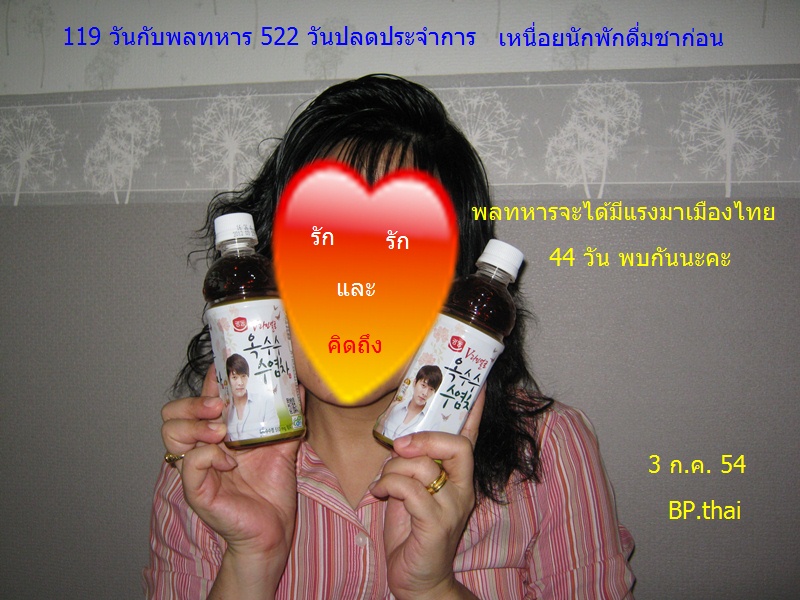
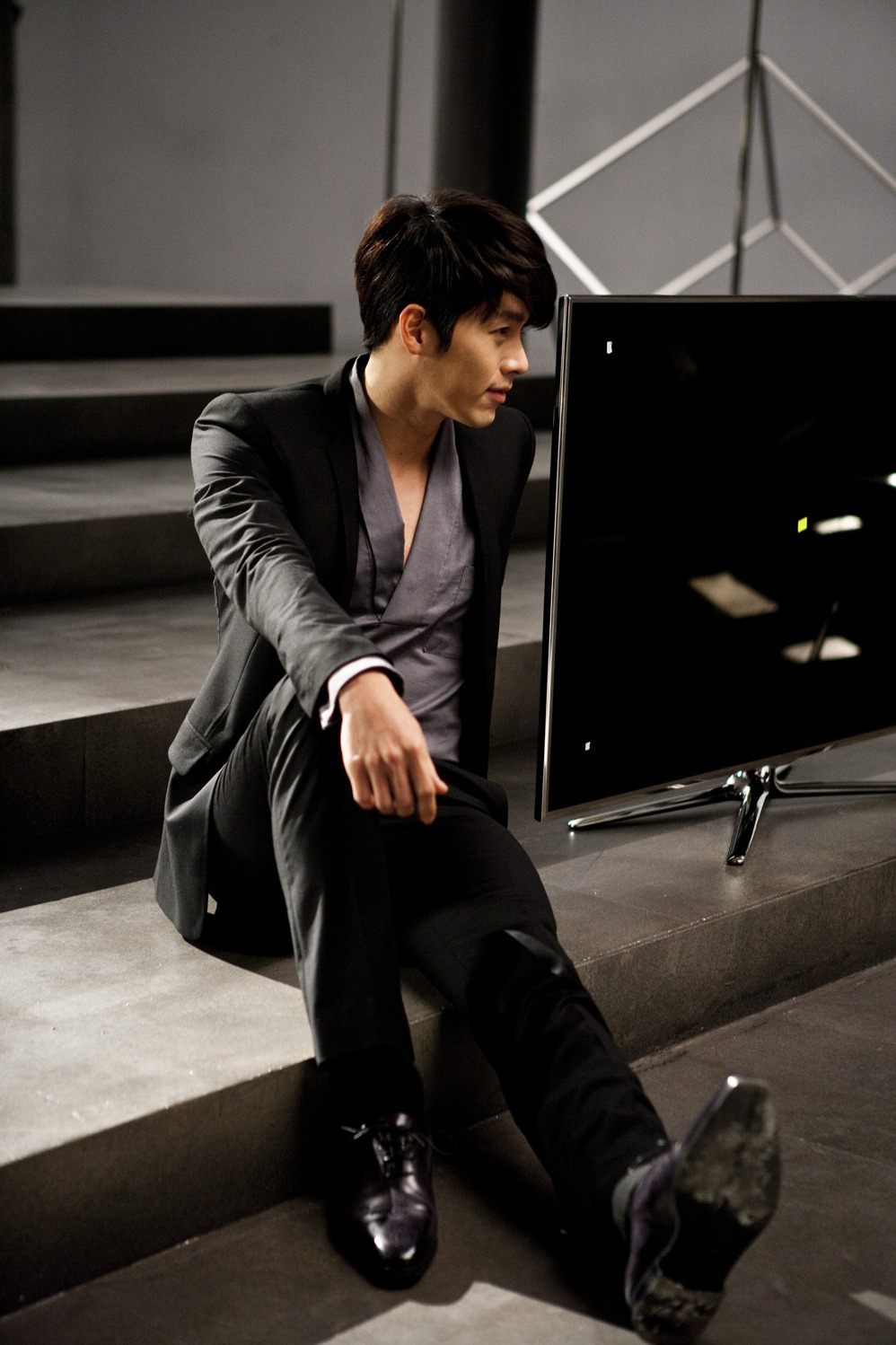
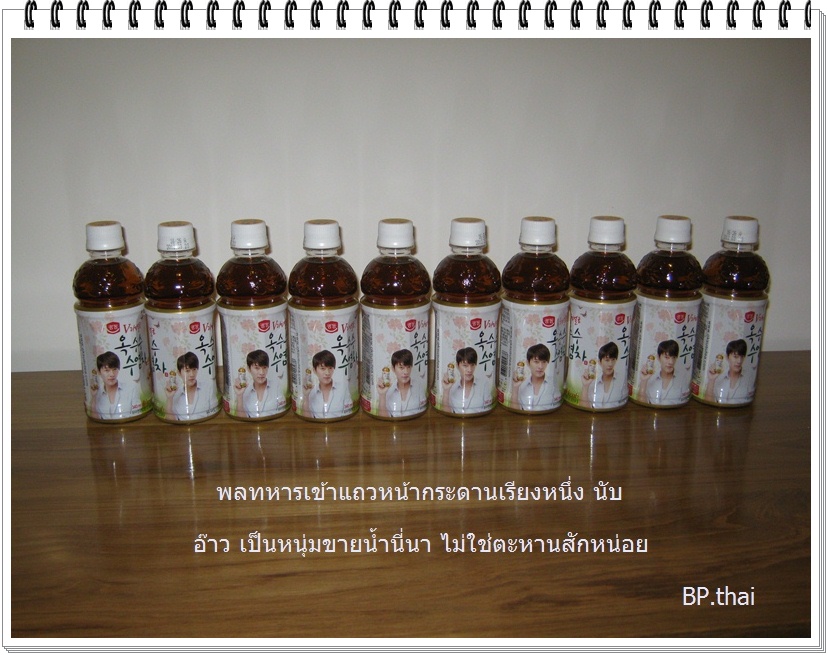

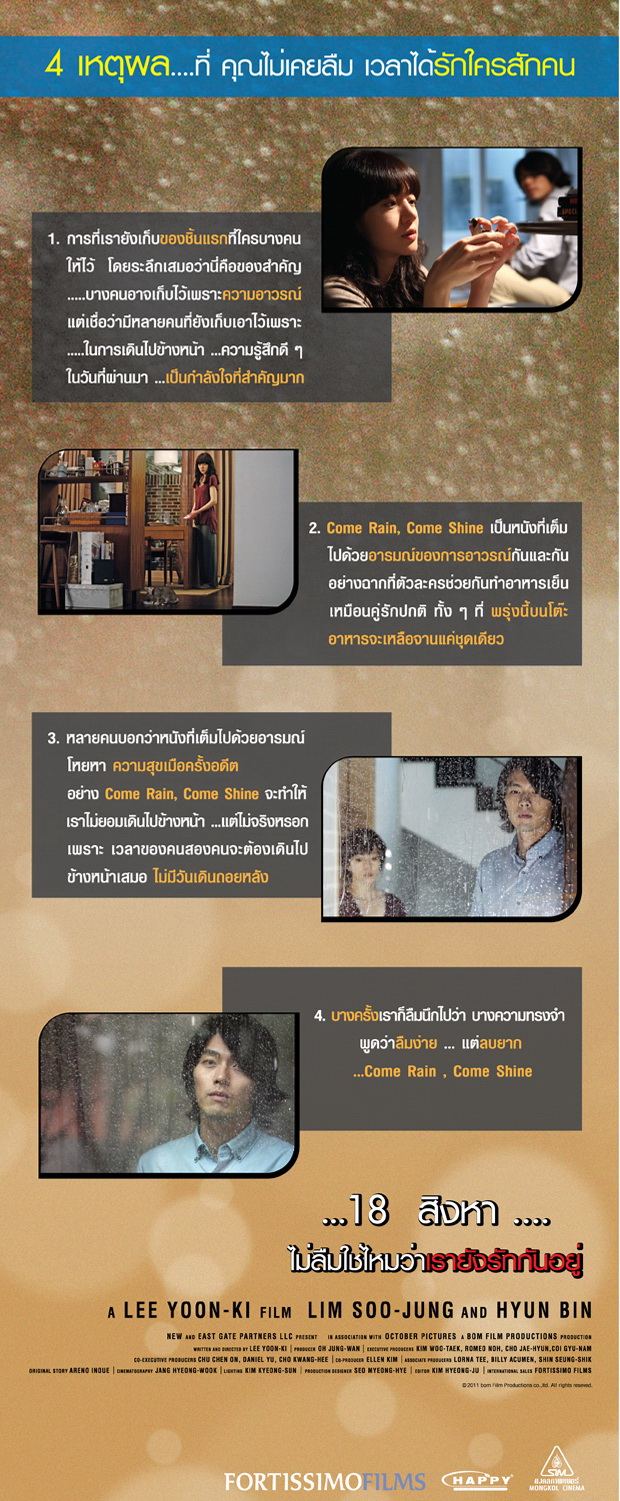
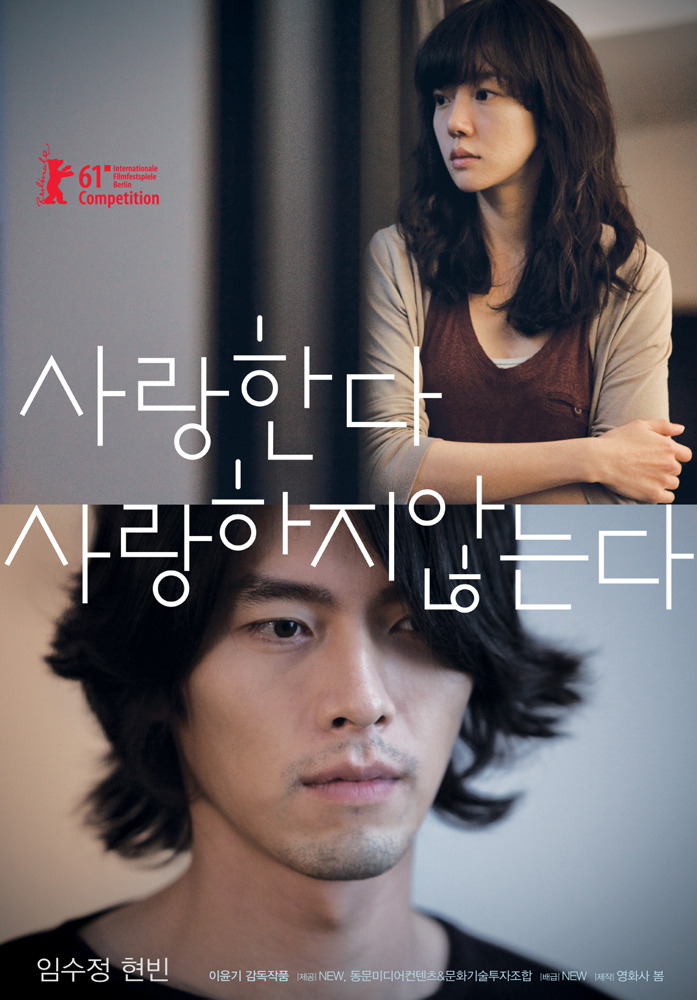



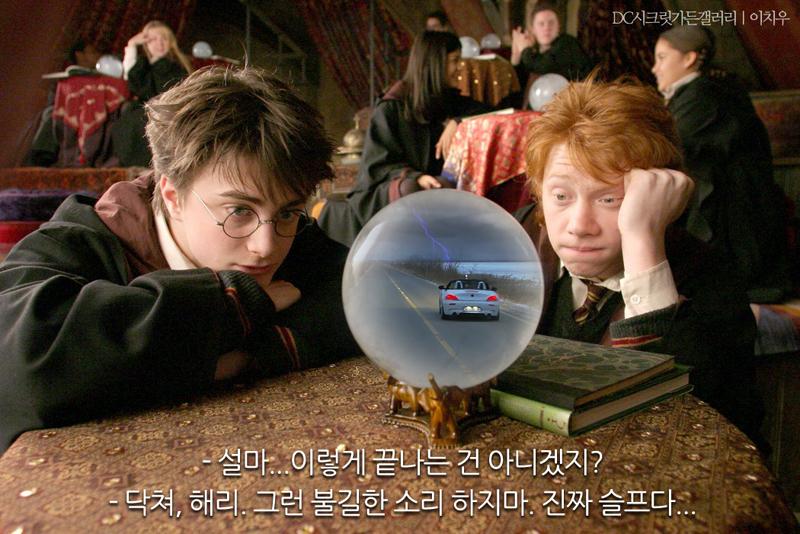
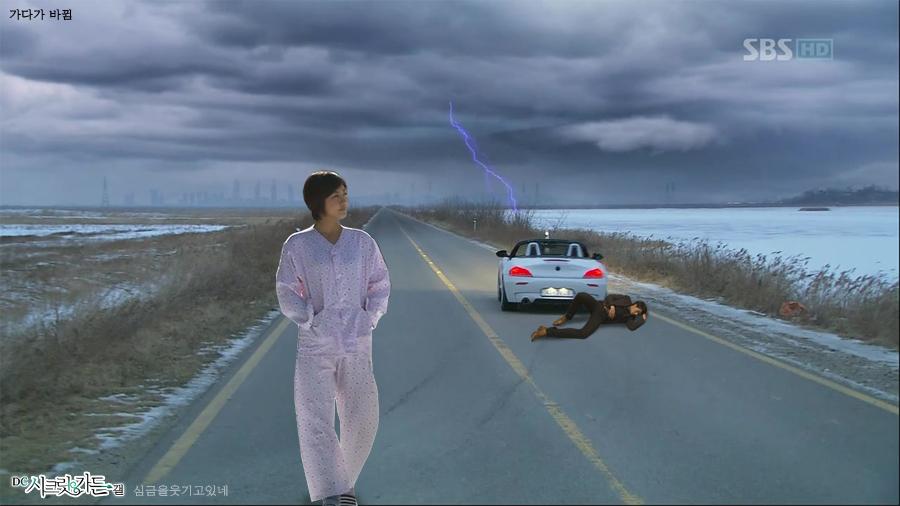
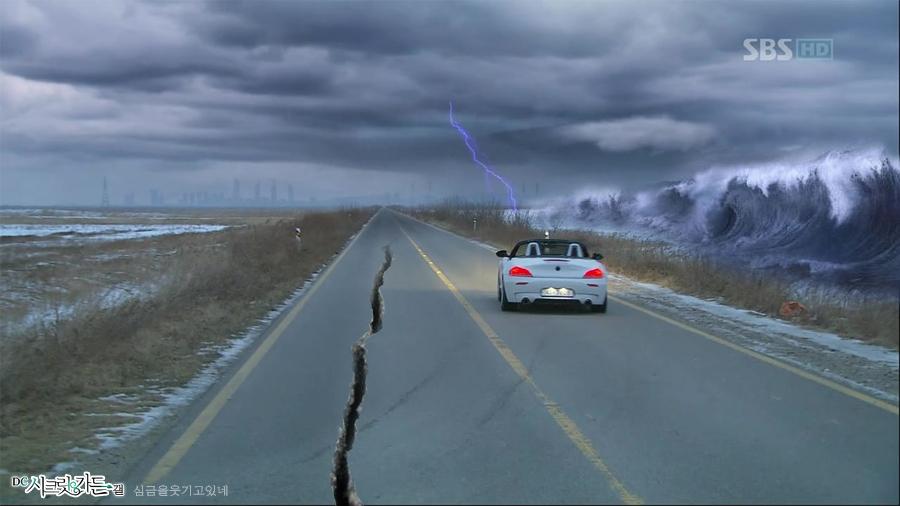


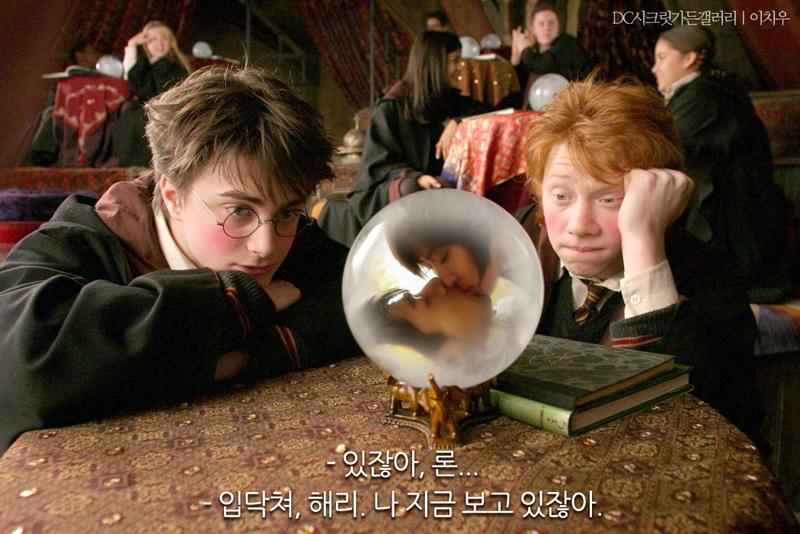

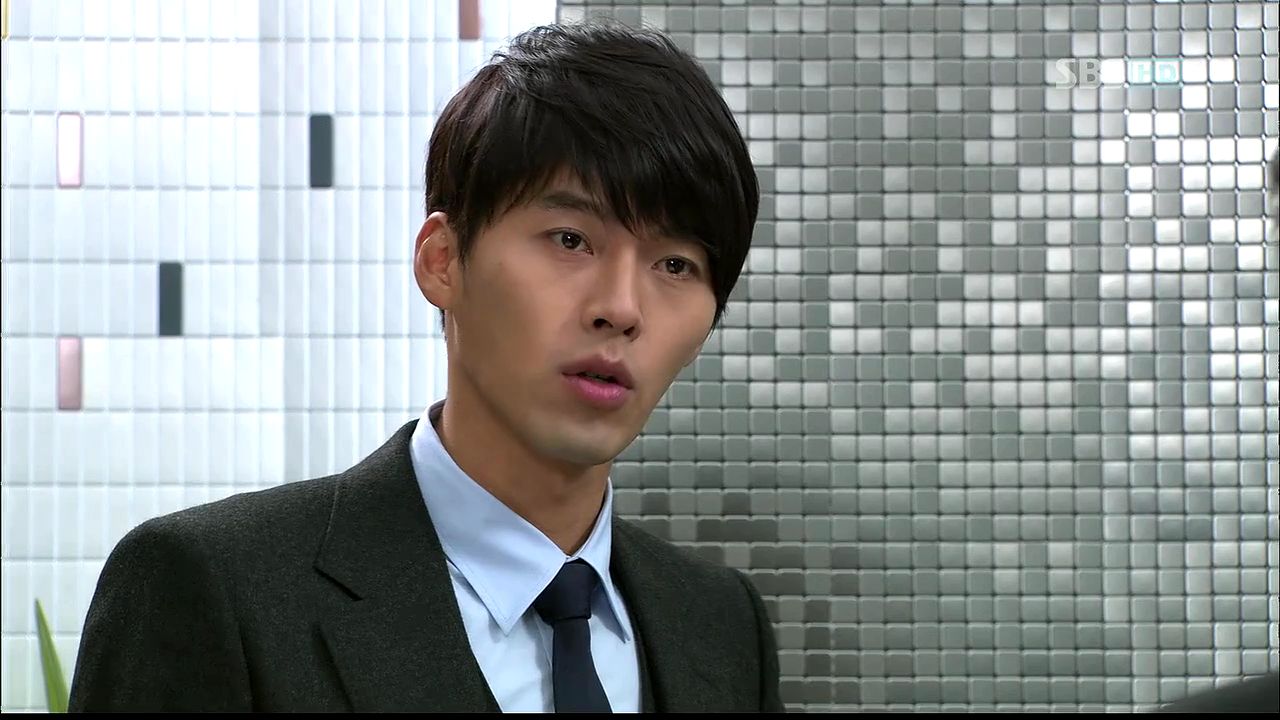
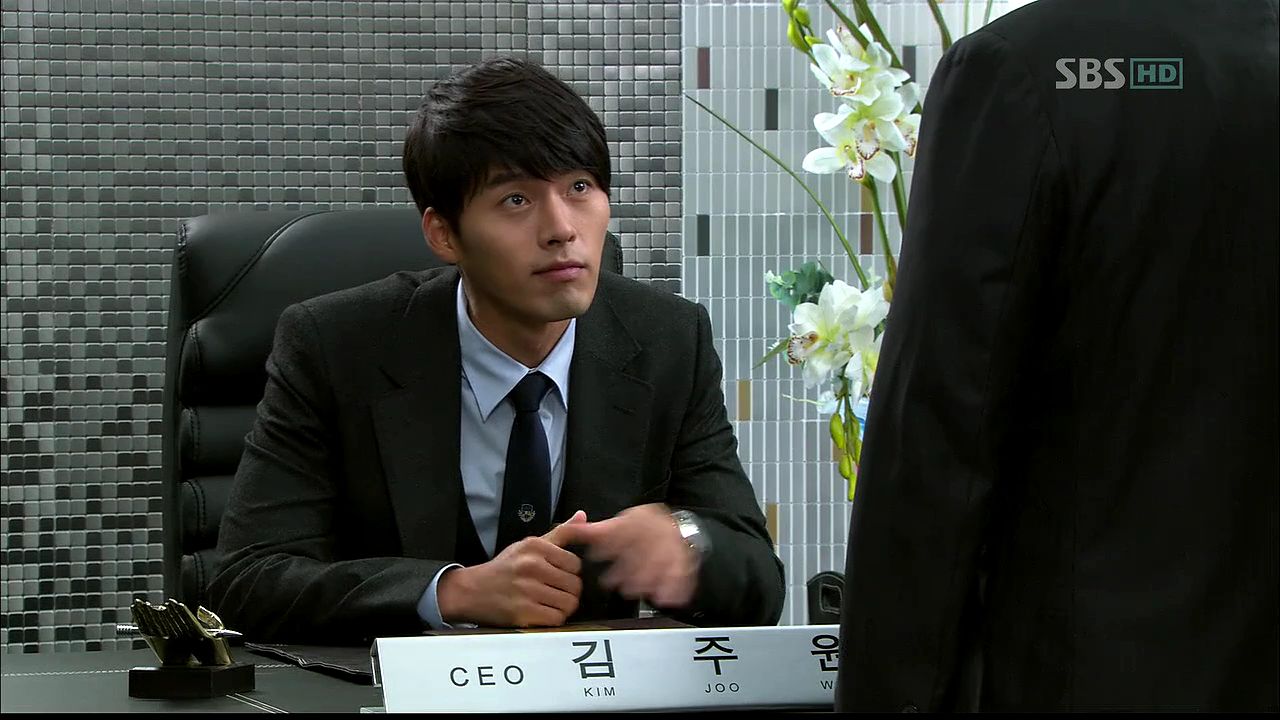
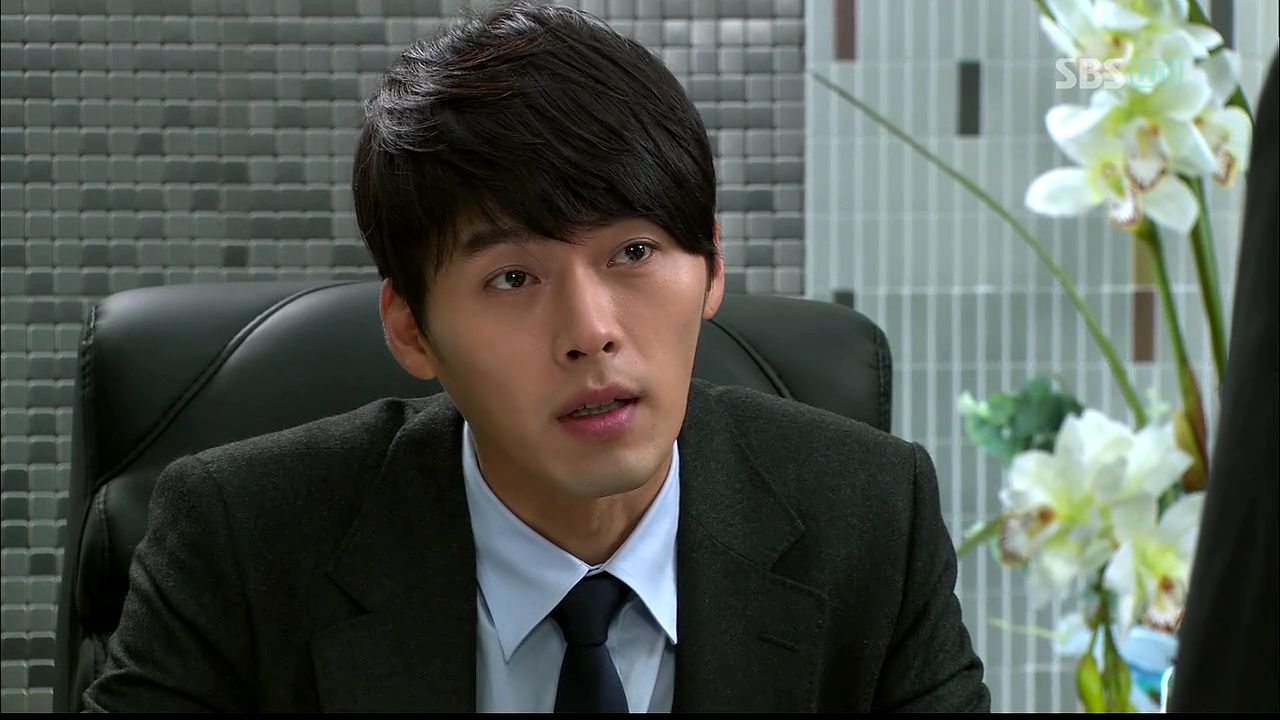

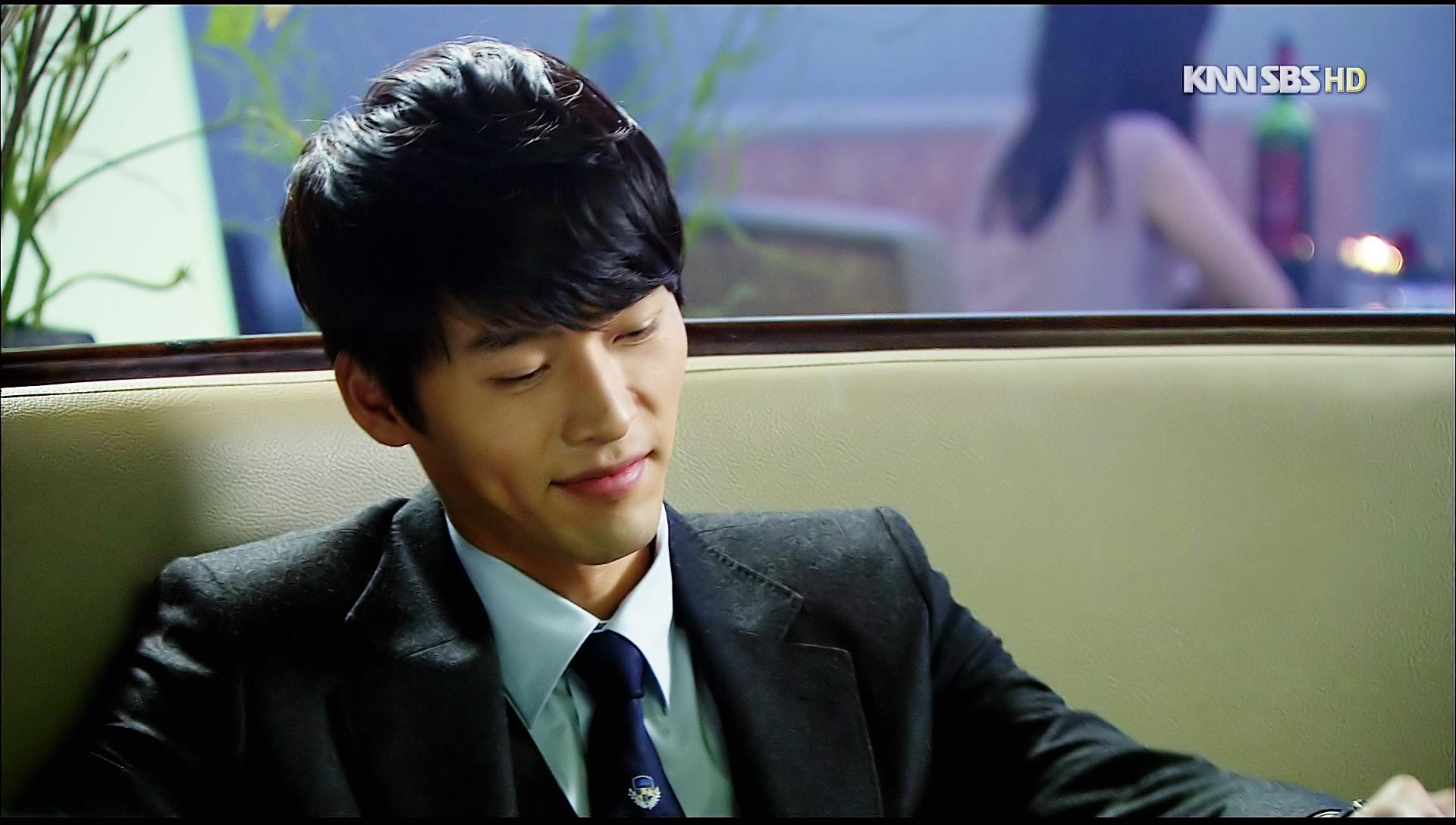
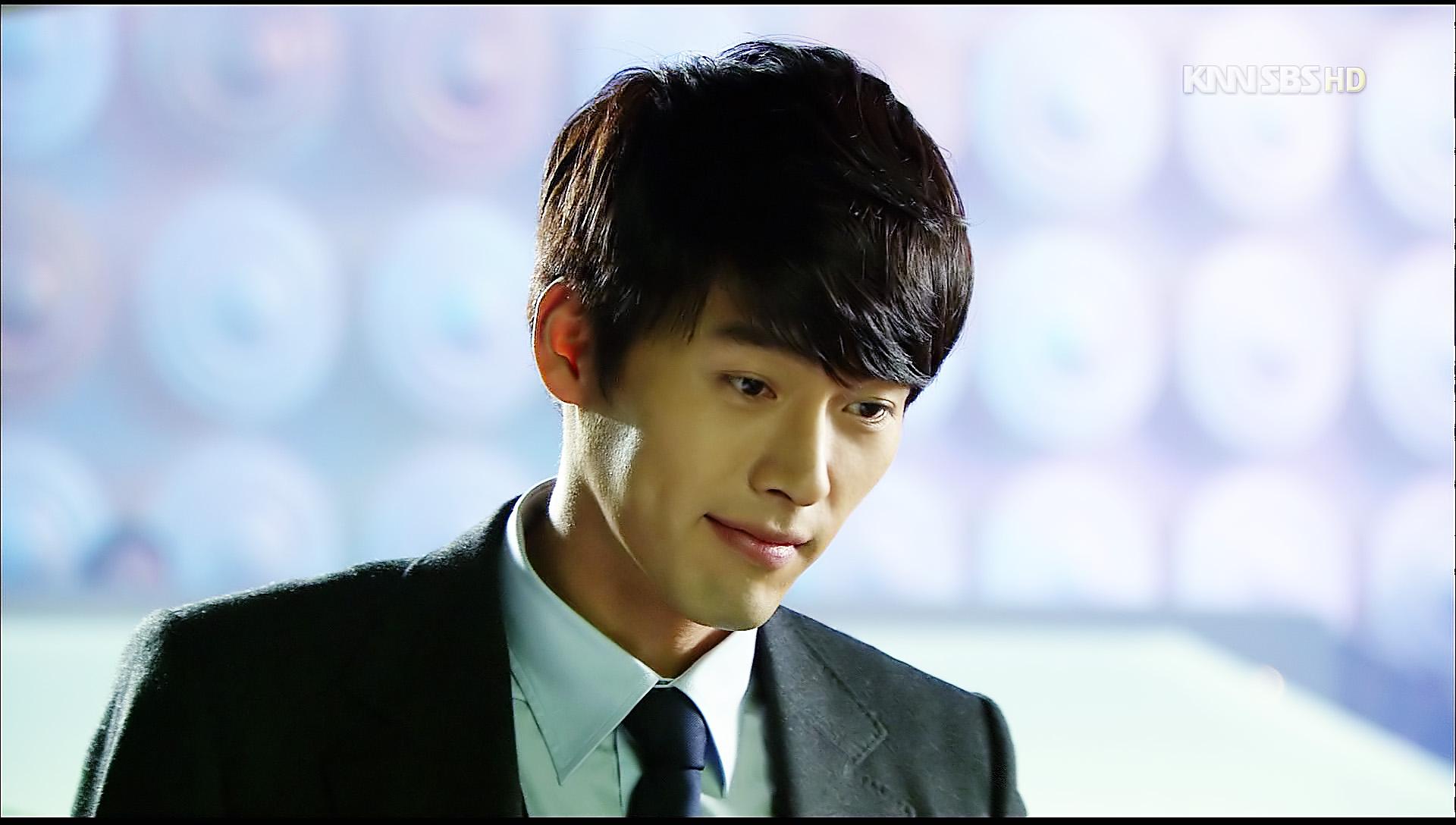

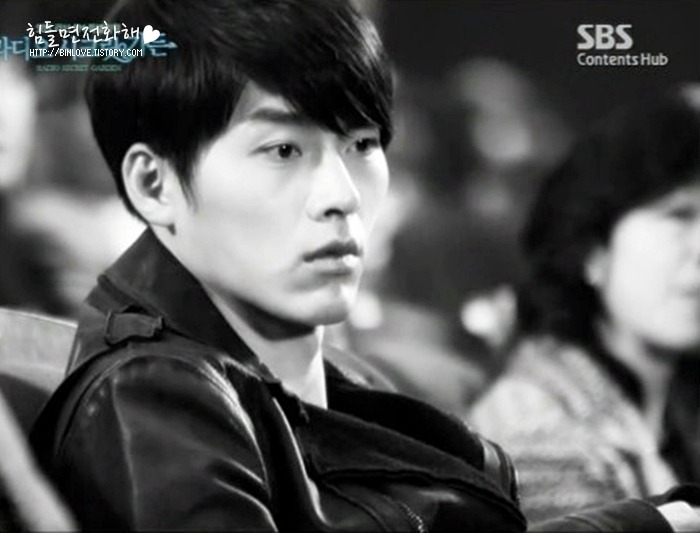
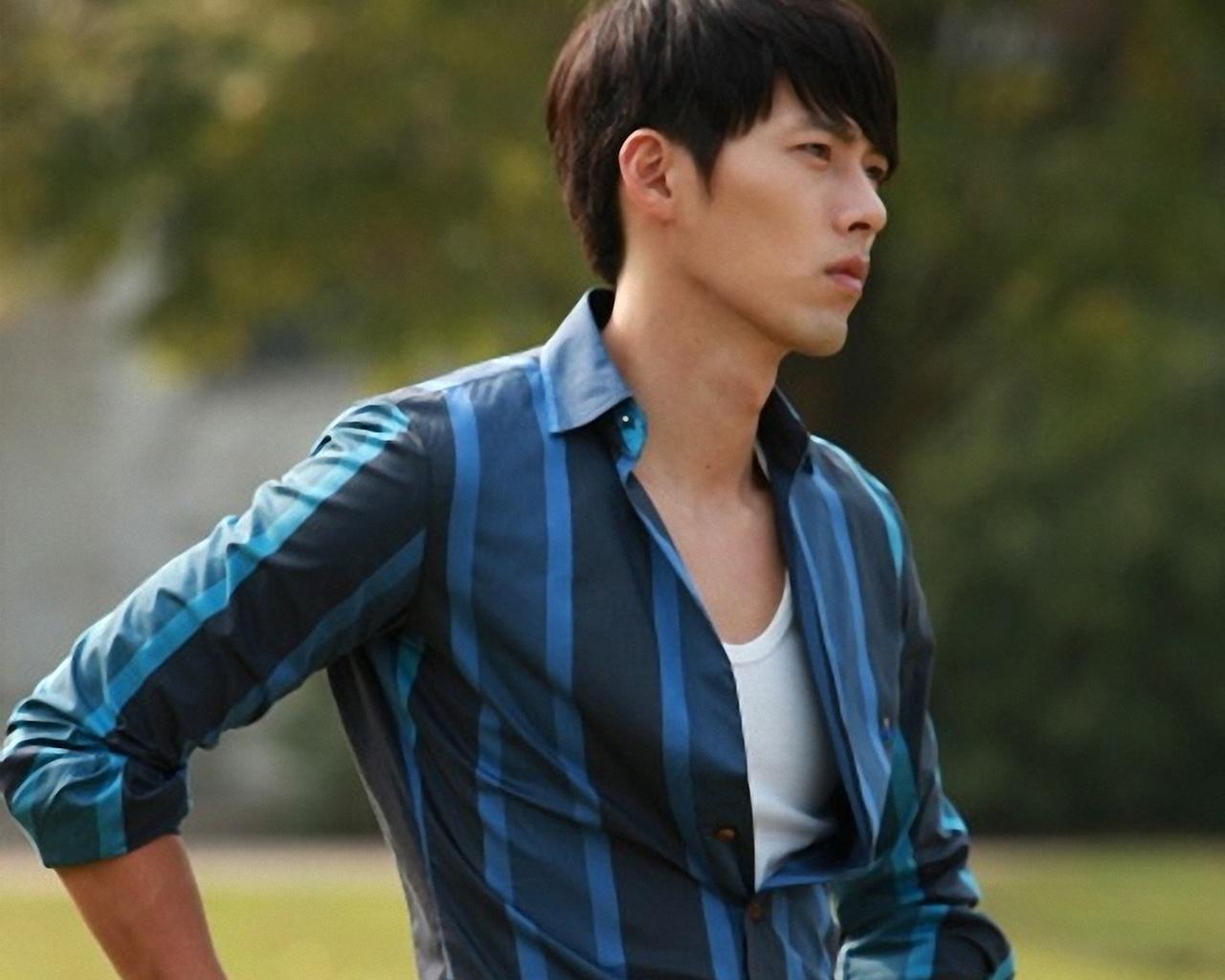

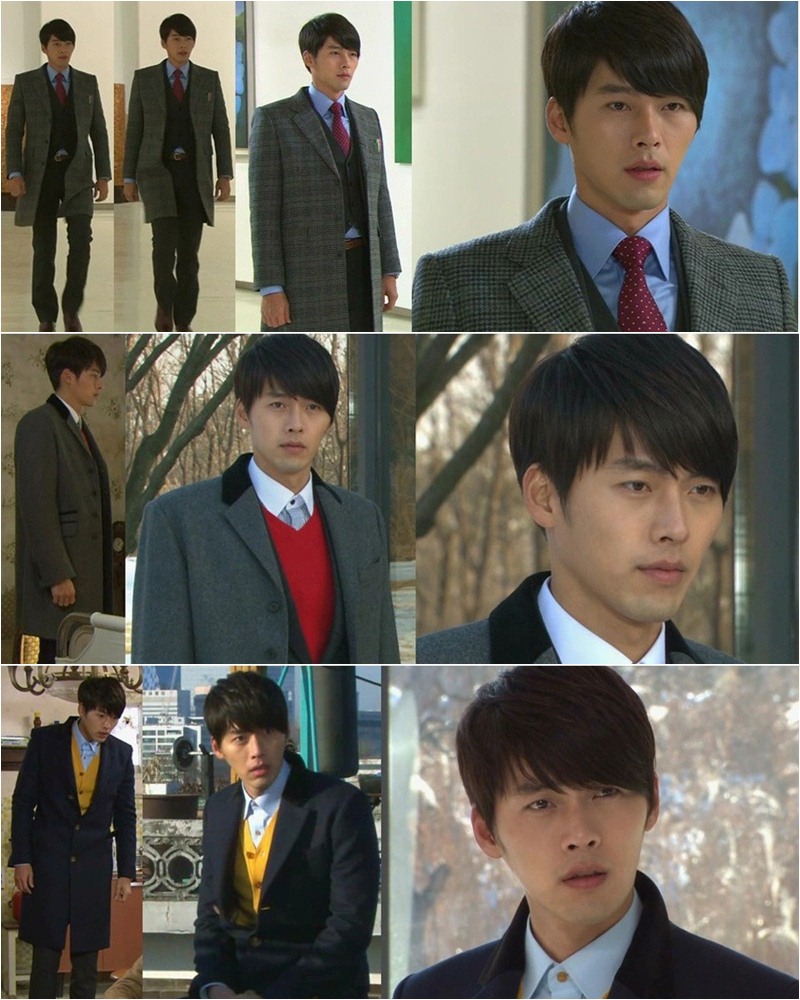

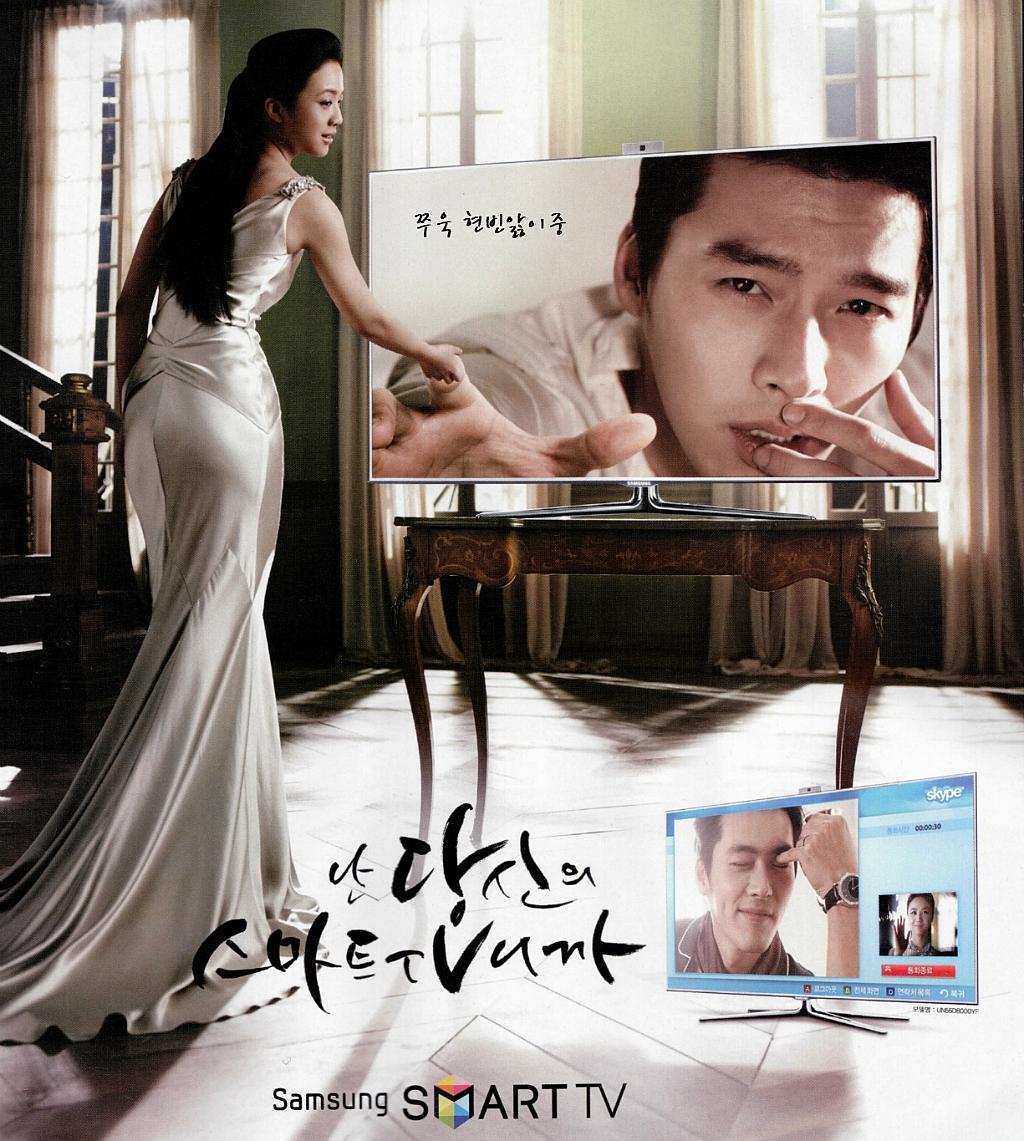



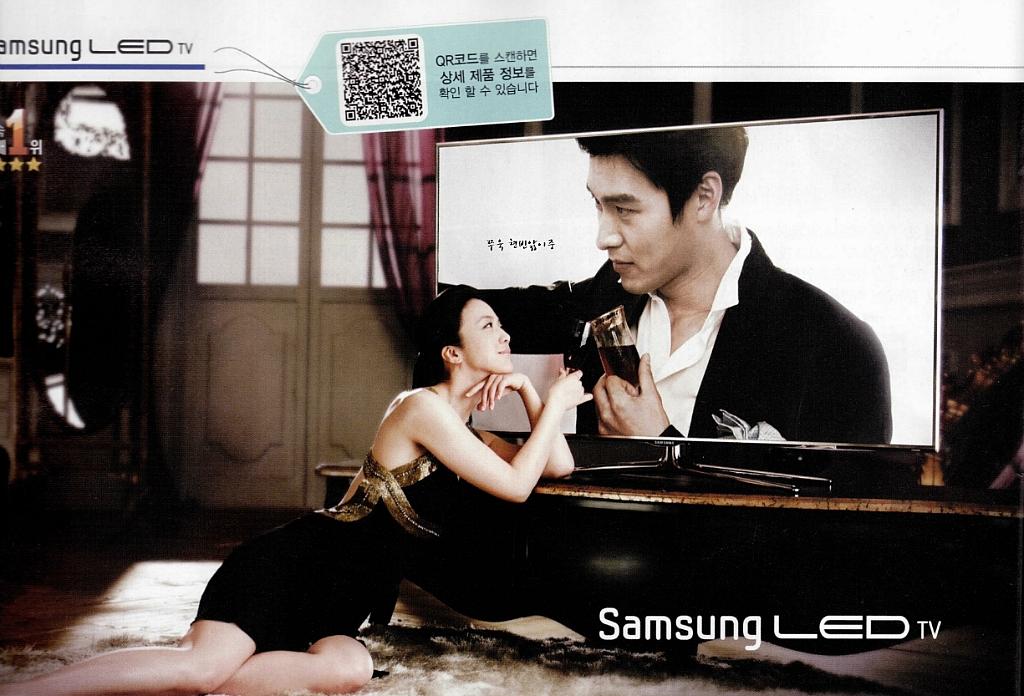

 ยินดีต้อนรับคุณ Missing You ด้วยจ้า
ยินดีต้อนรับคุณ Missing You ด้วยจ้า


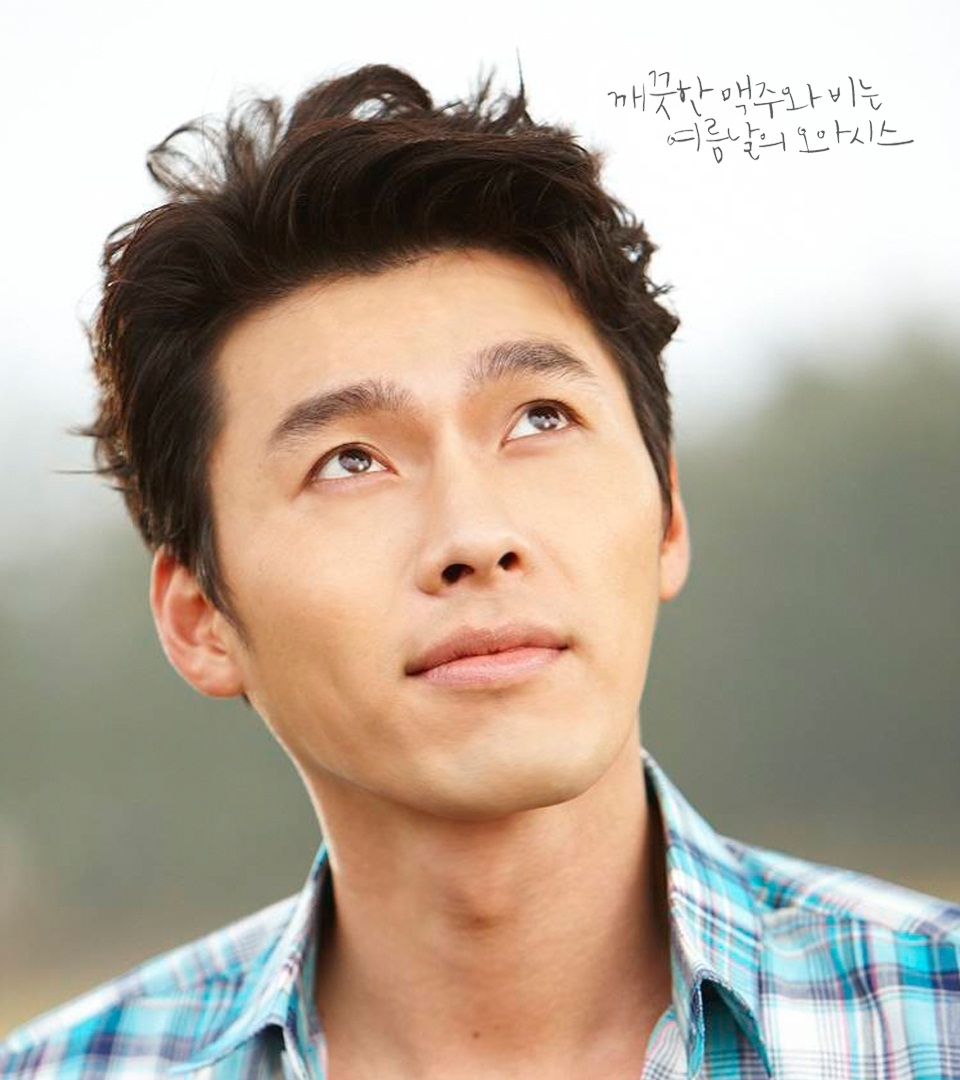


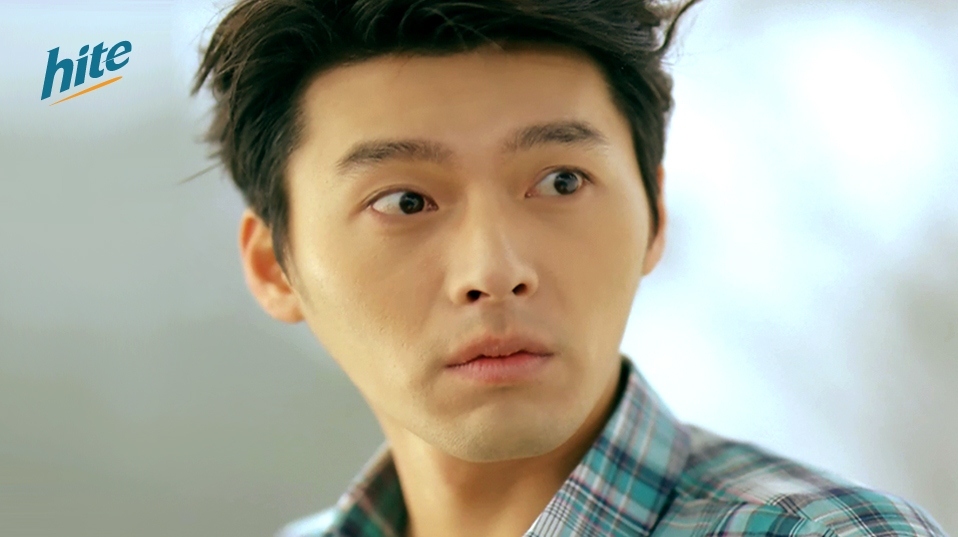


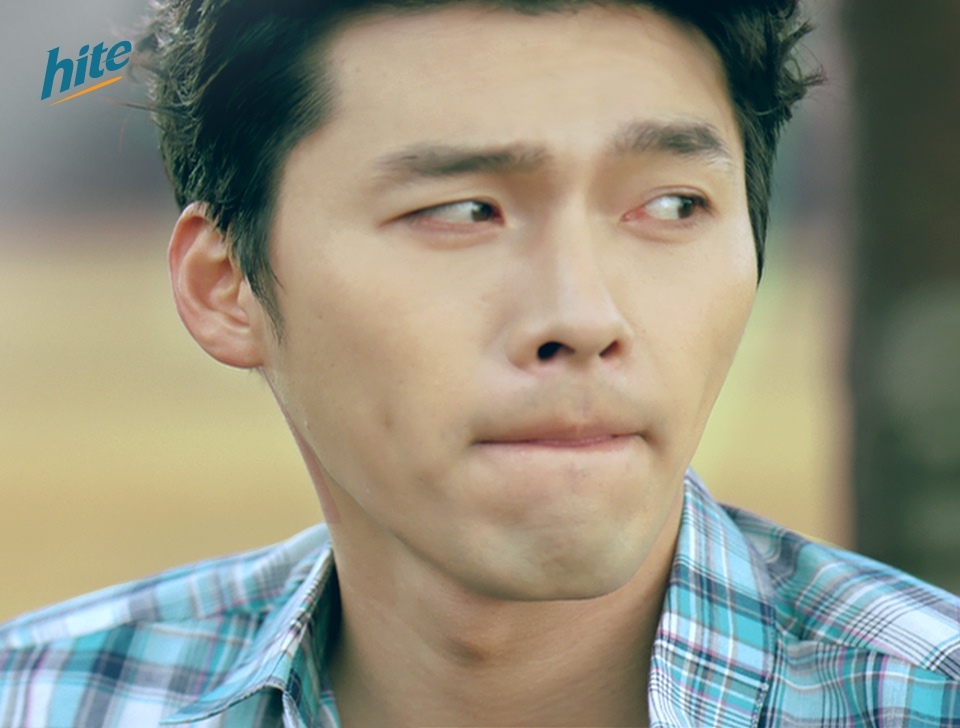




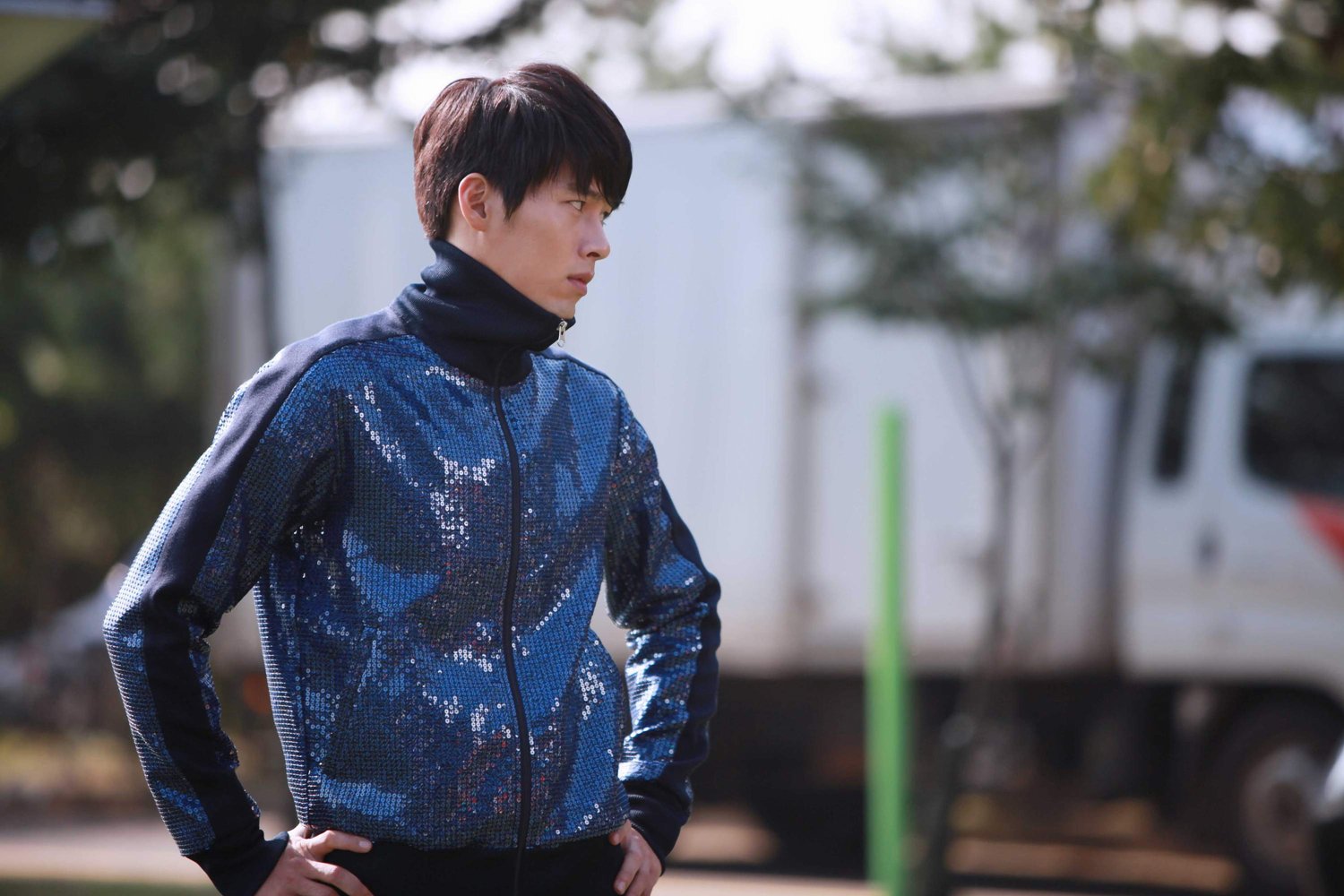

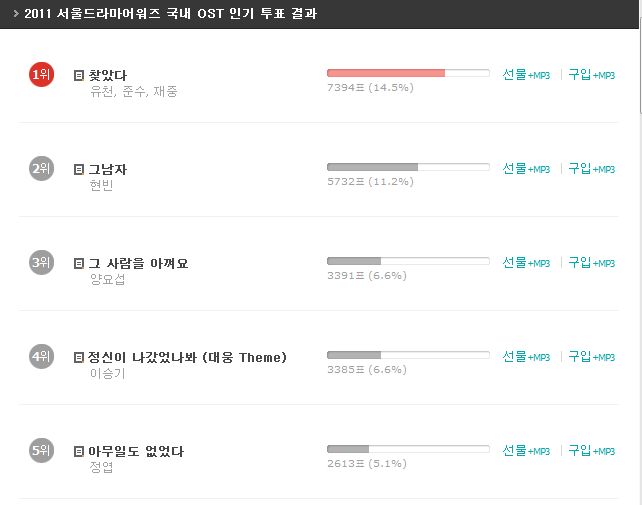
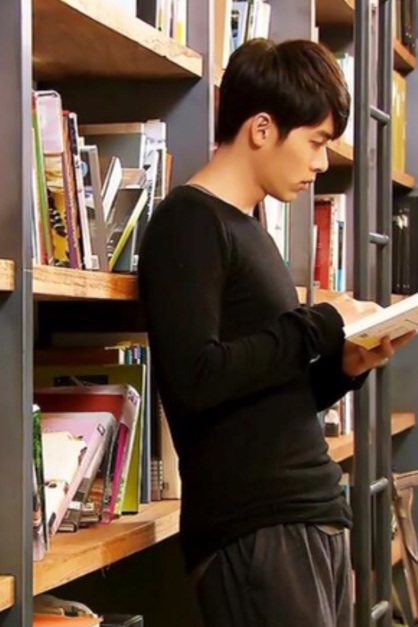




 ดูบินดีกว่าเนาะ
ดูบินดีกว่าเนาะ 
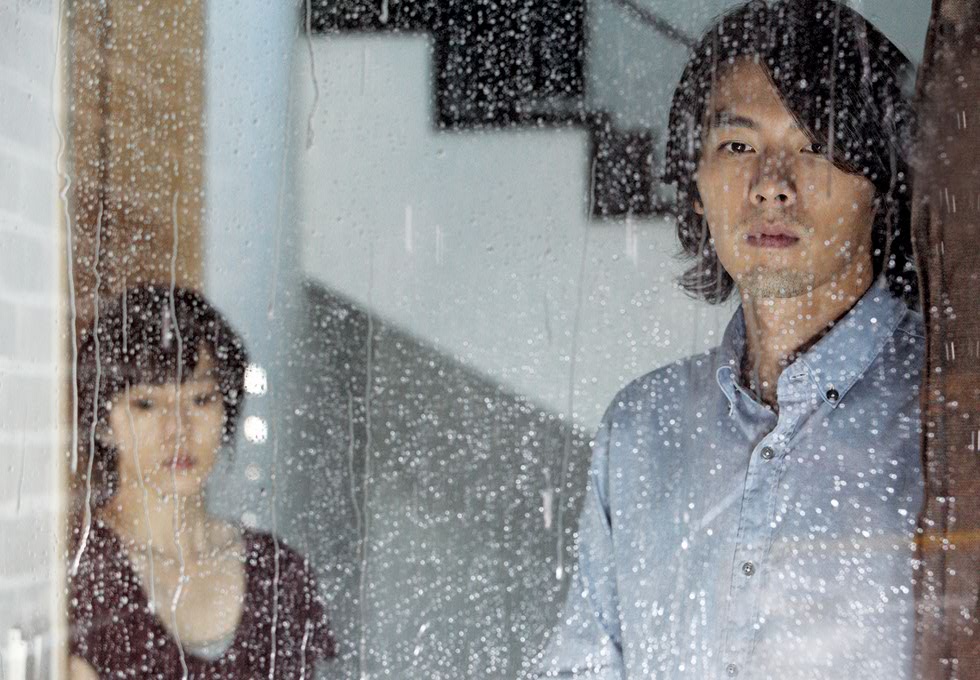
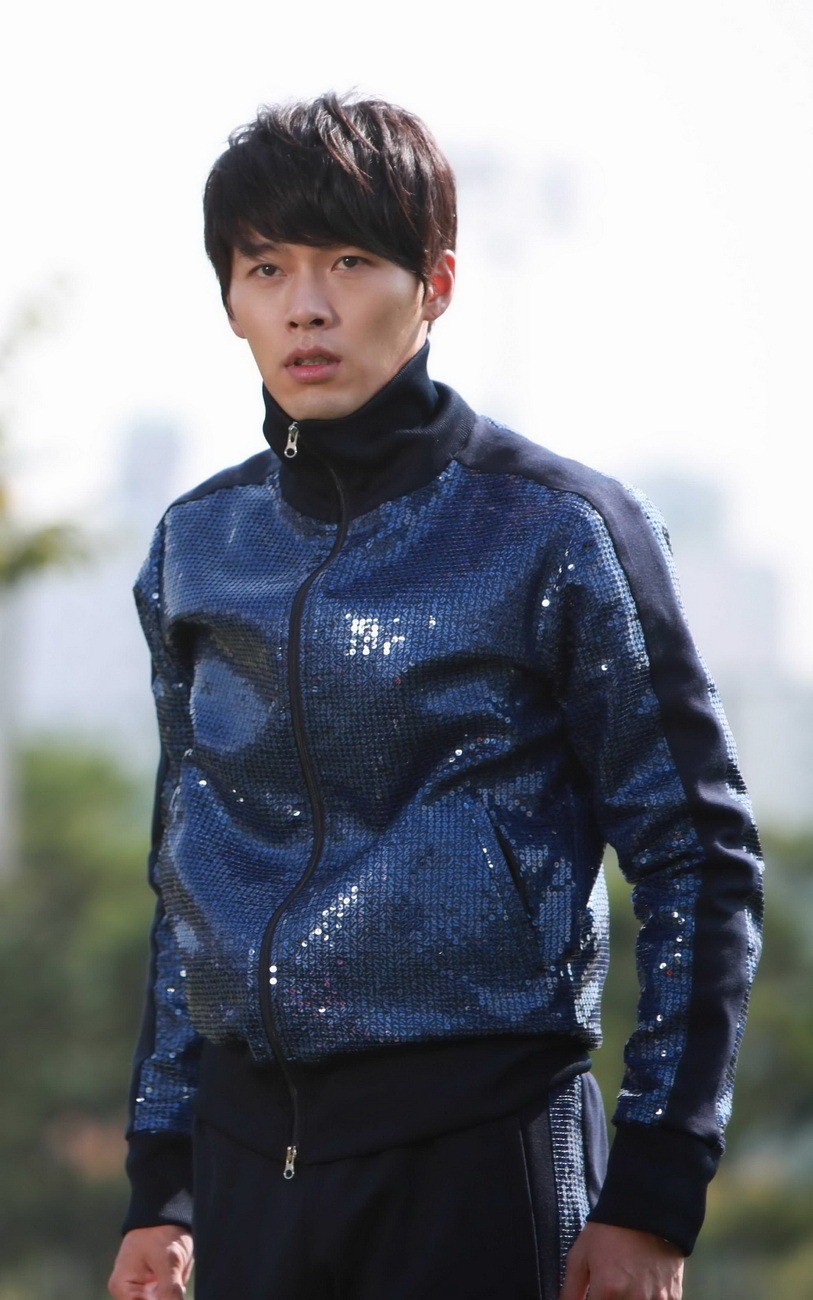
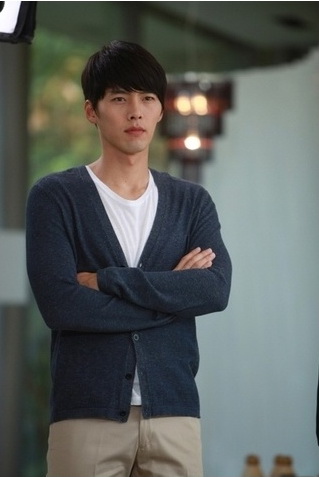
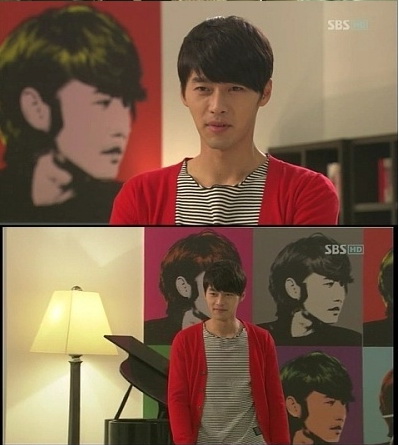

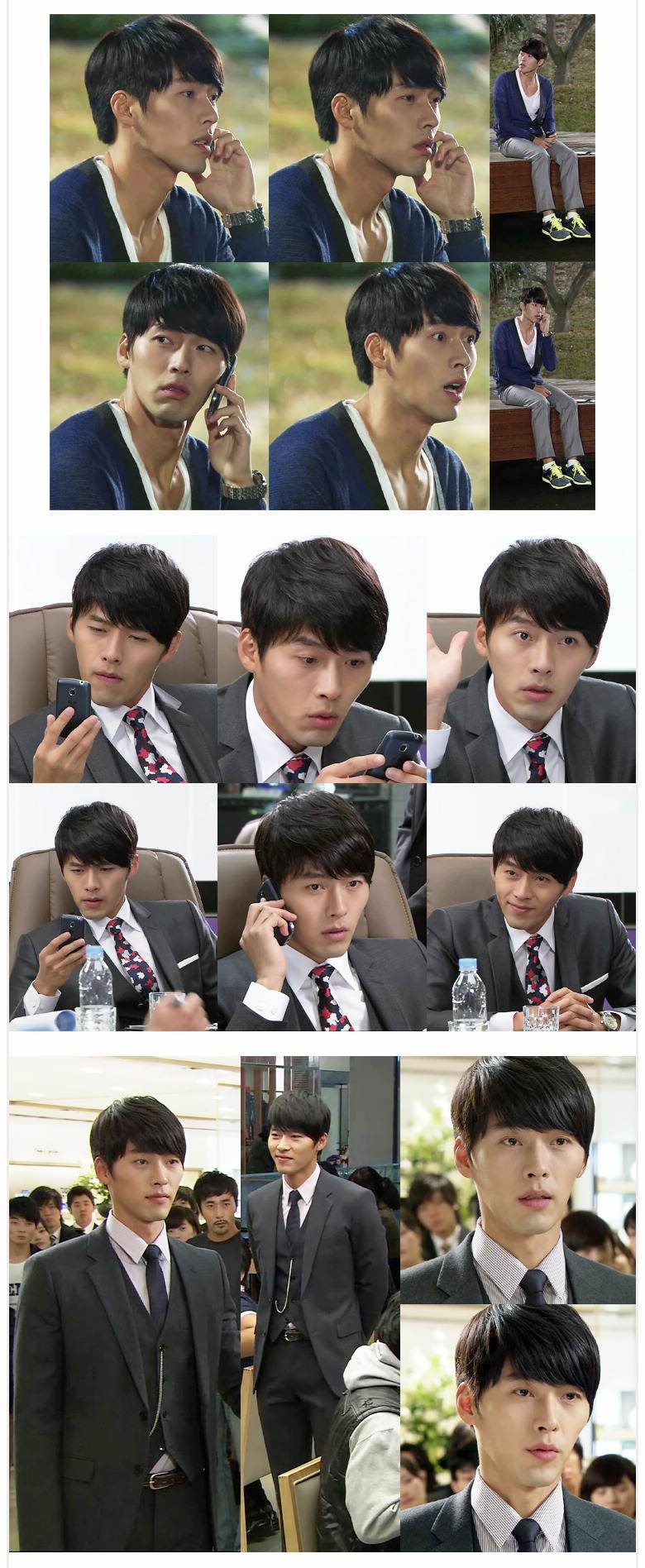



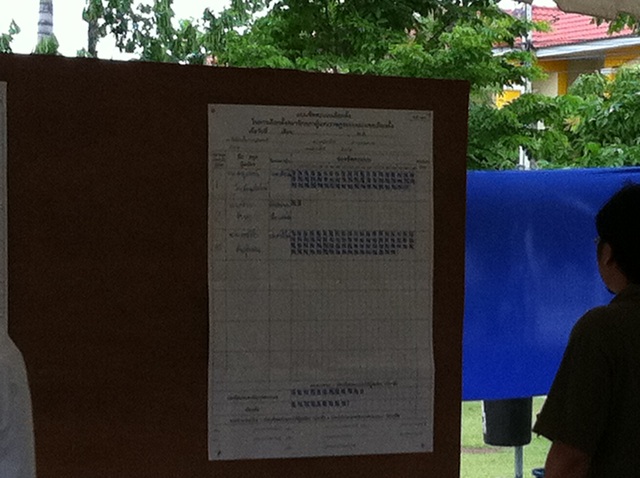



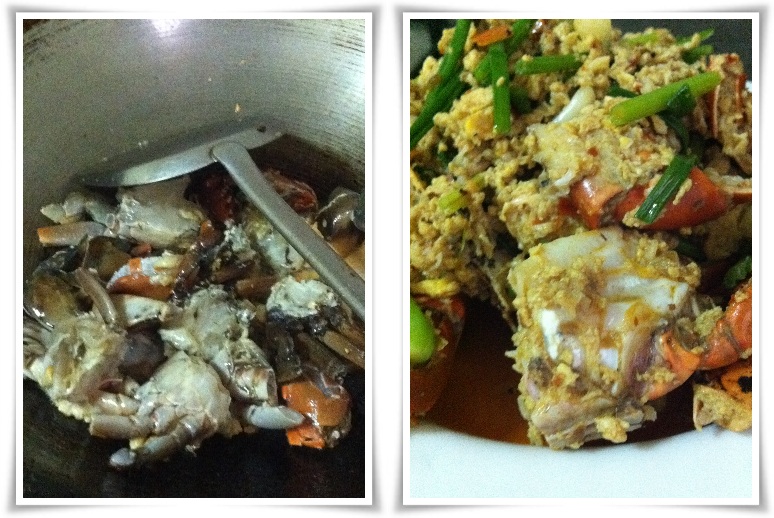
 ด้วยคนต้องทำเยี่ยงไรคร๊า??? คริคริ
ด้วยคนต้องทำเยี่ยงไรคร๊า??? คริคริ
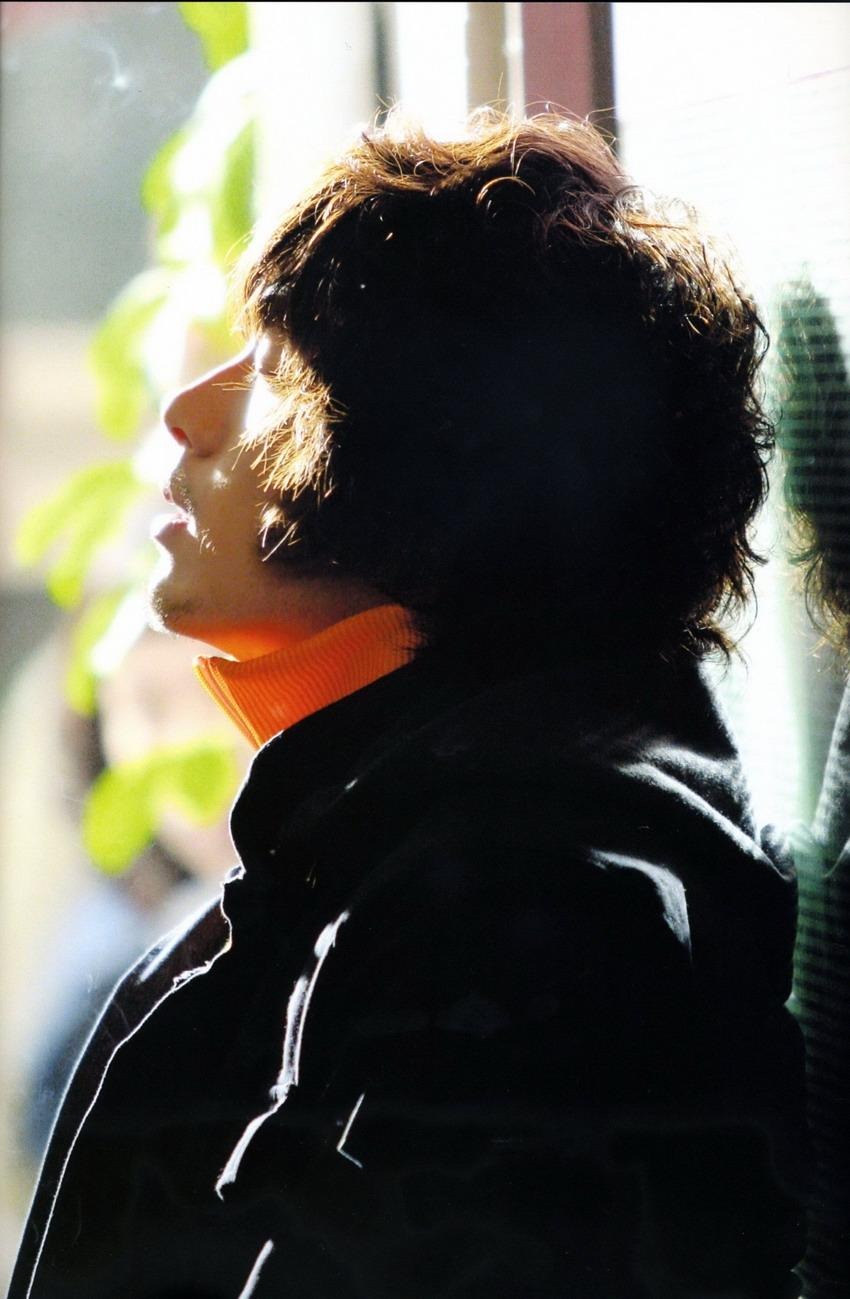

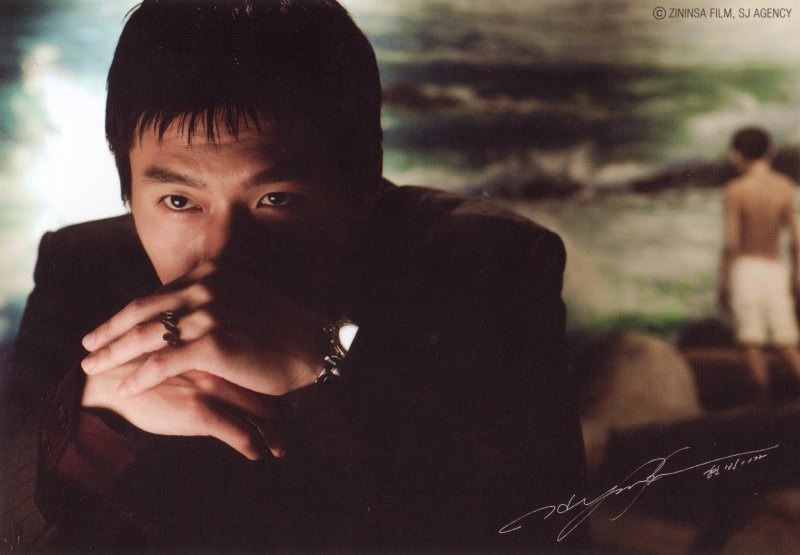
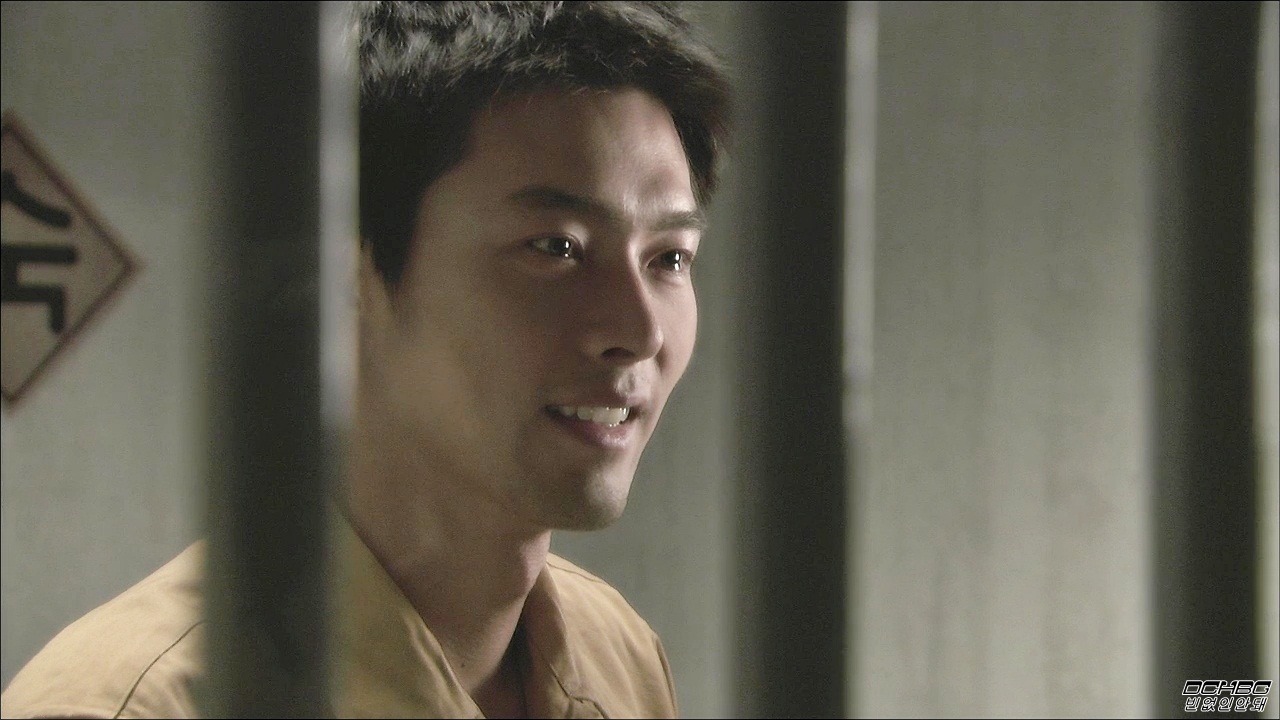

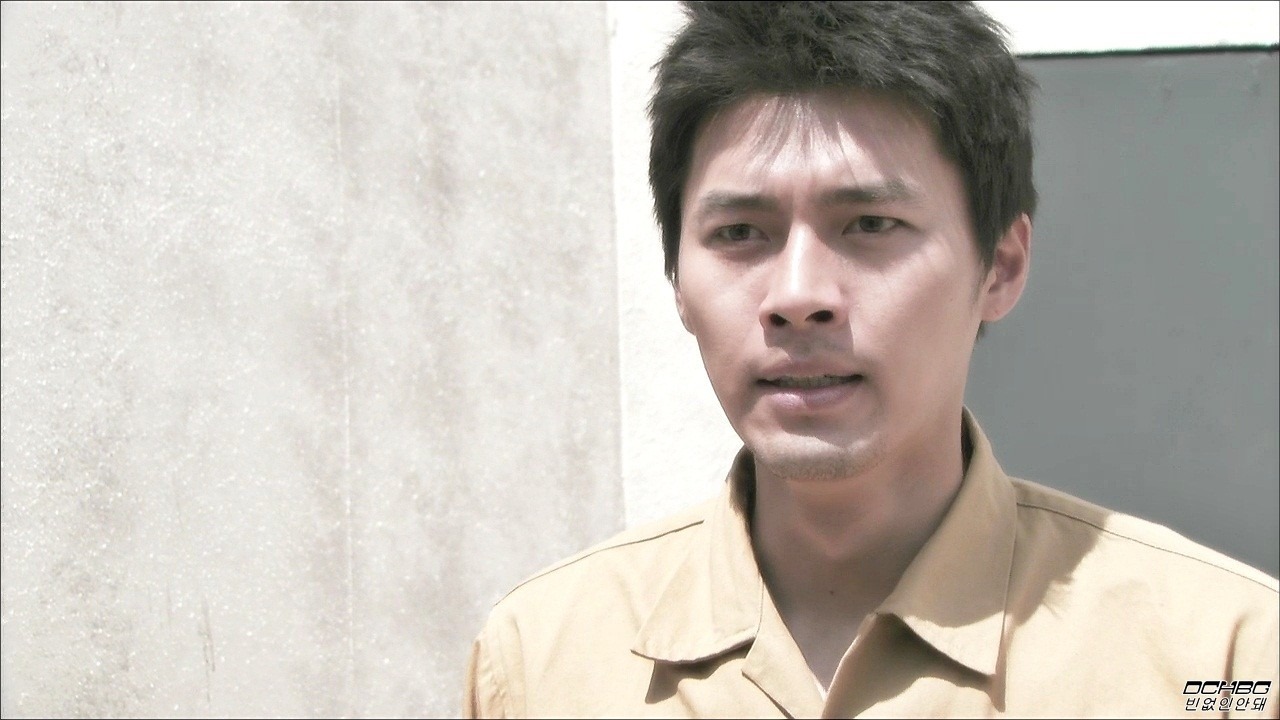

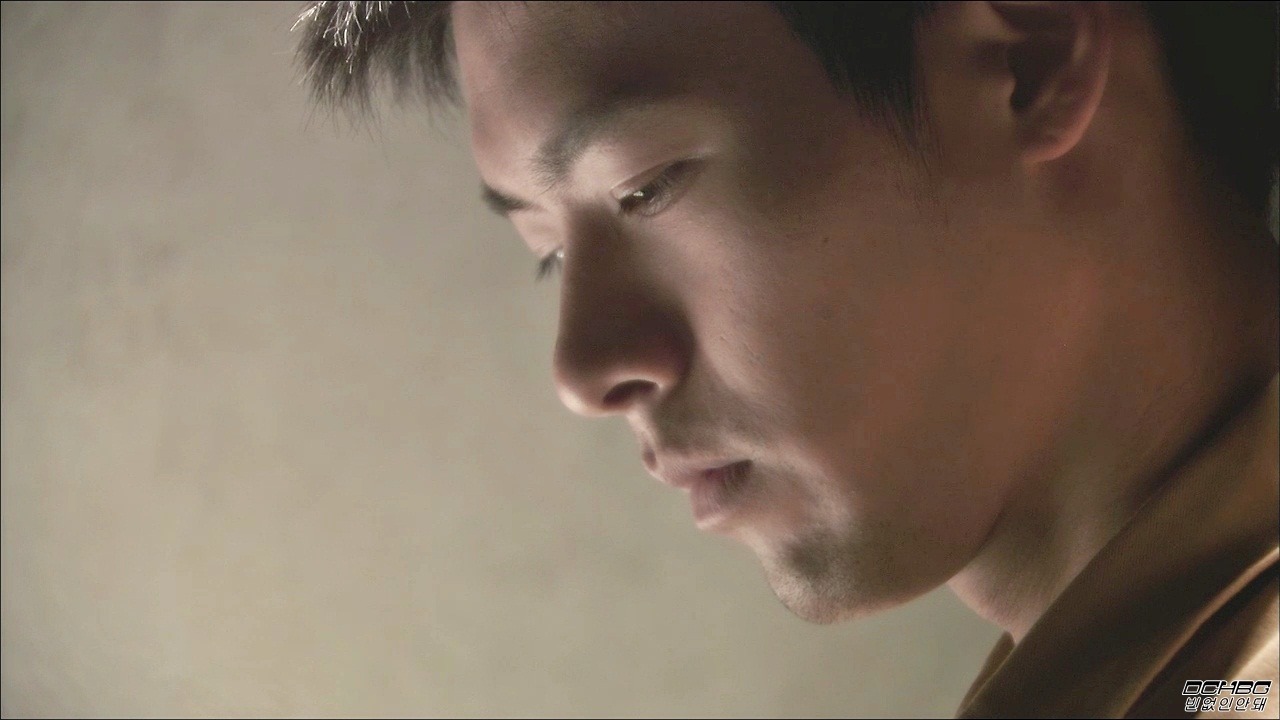
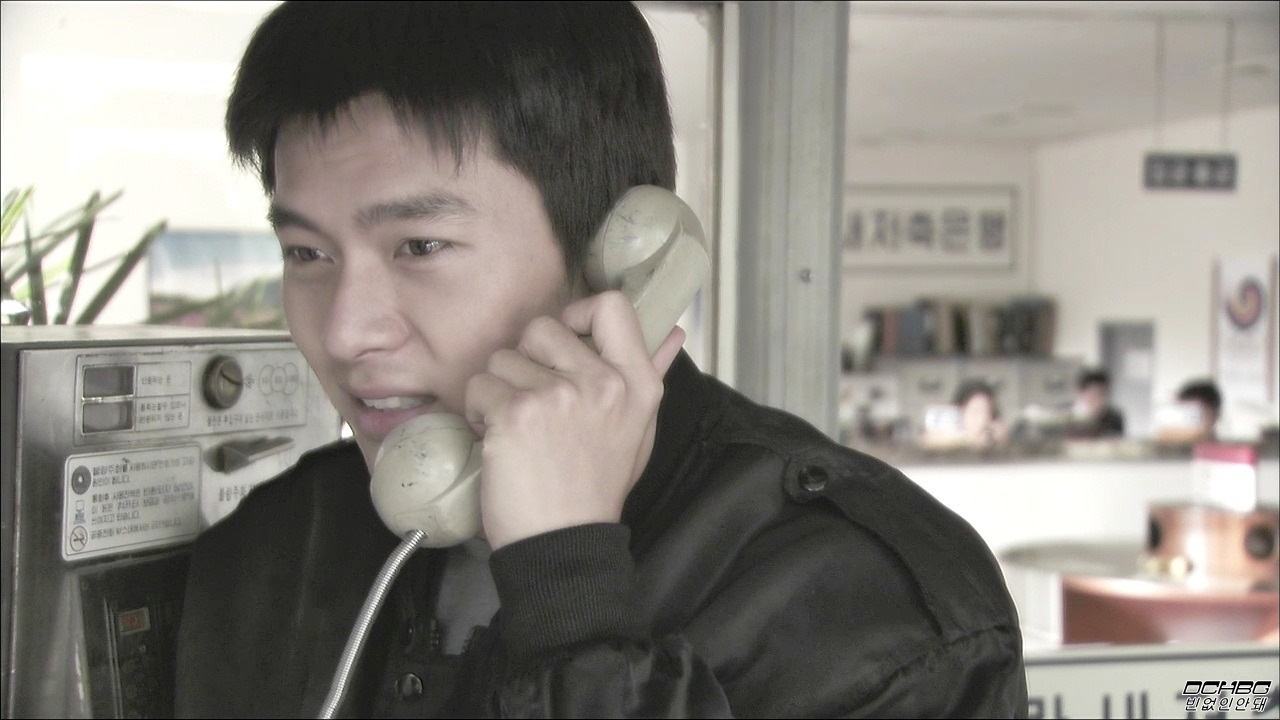
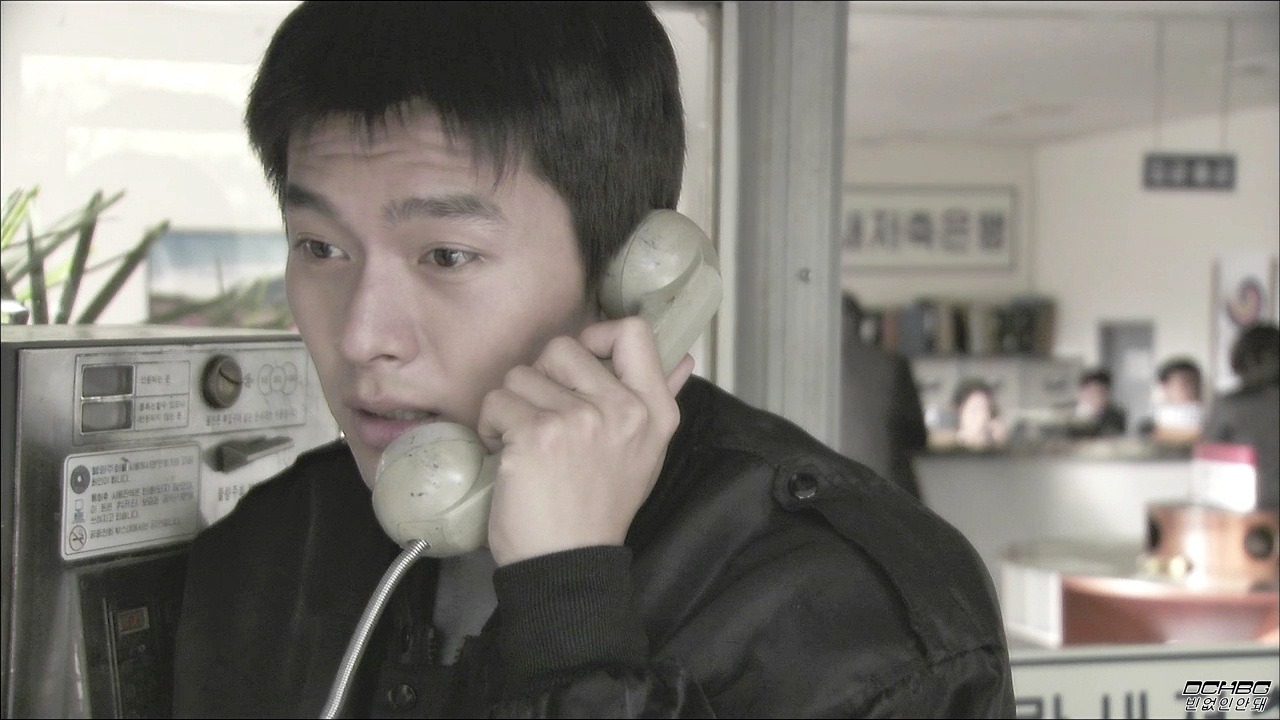
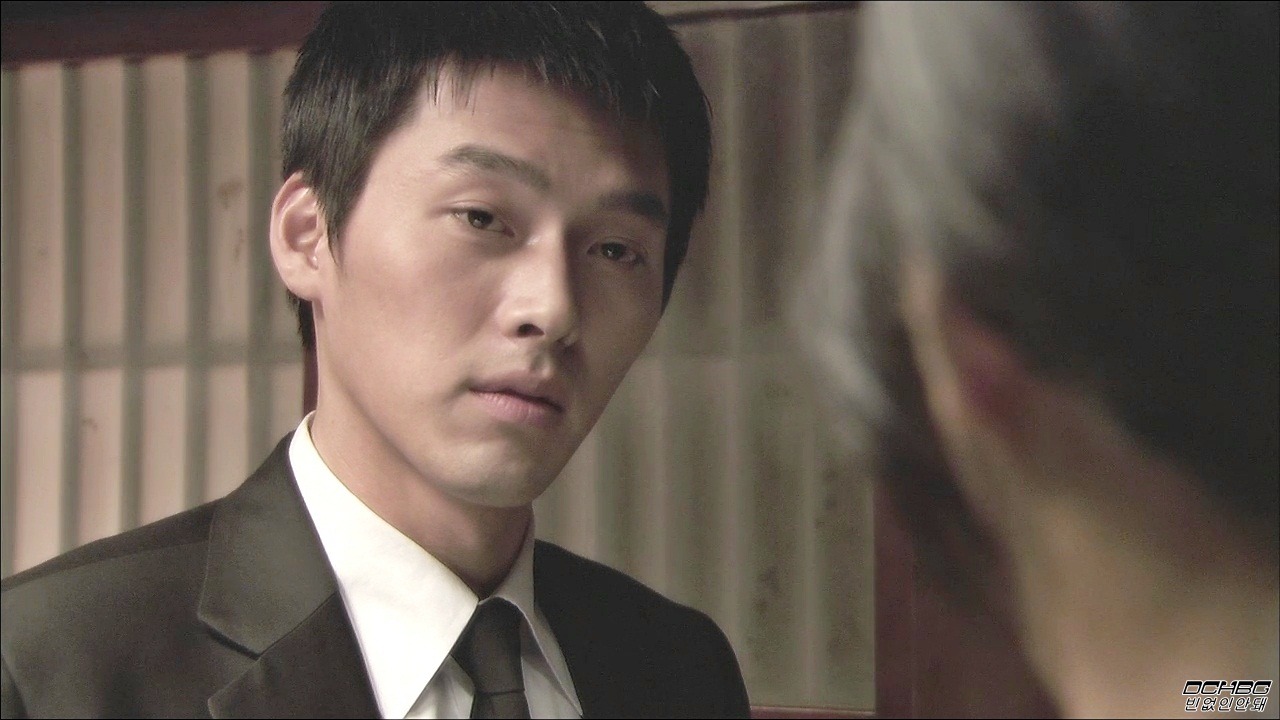
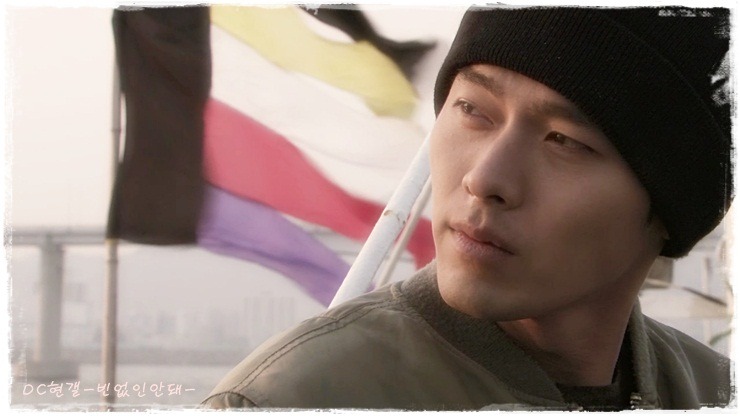
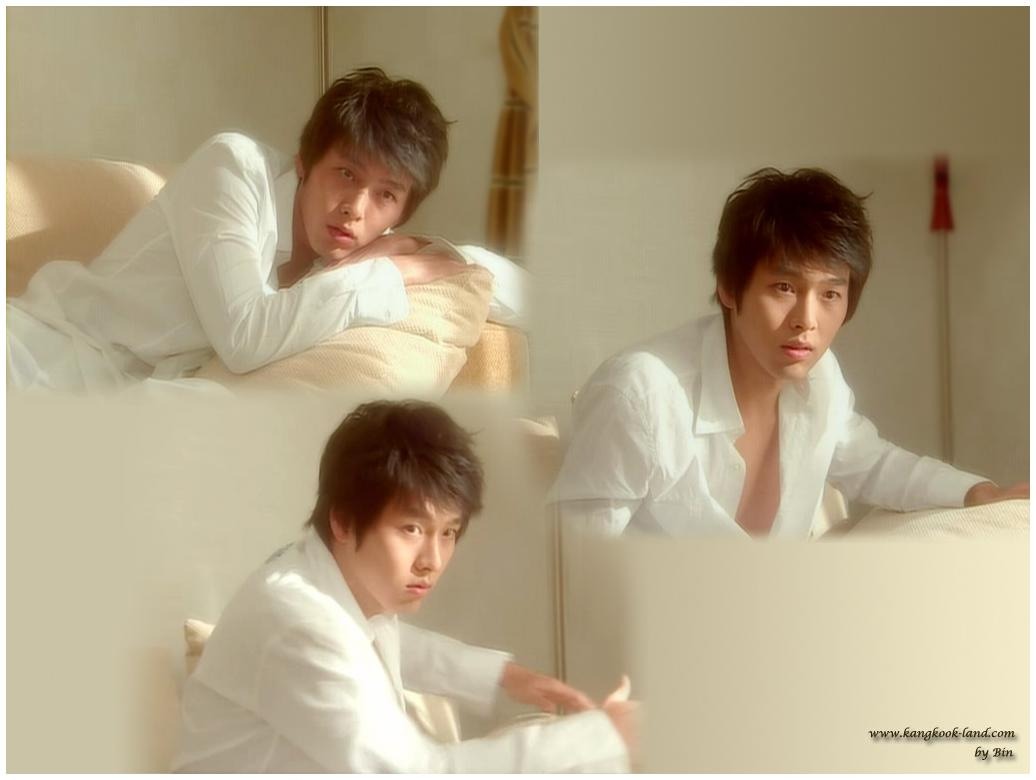
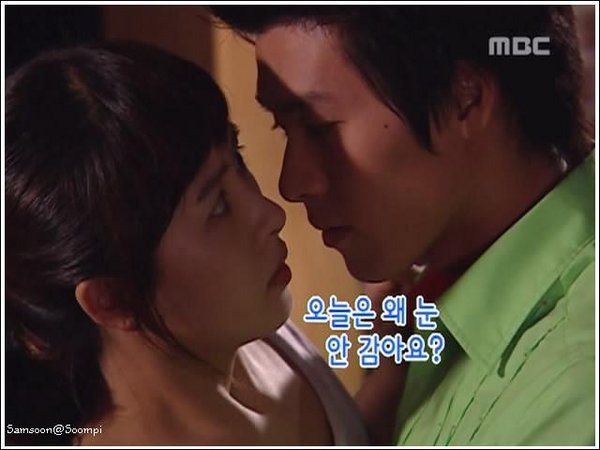
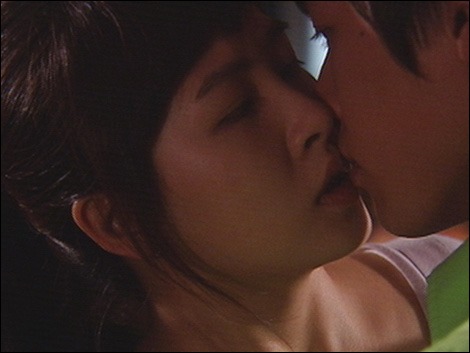
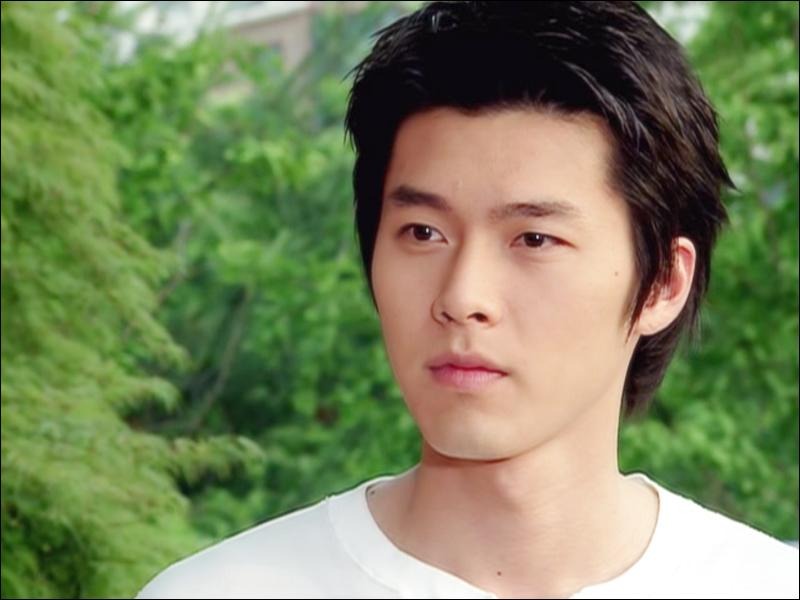


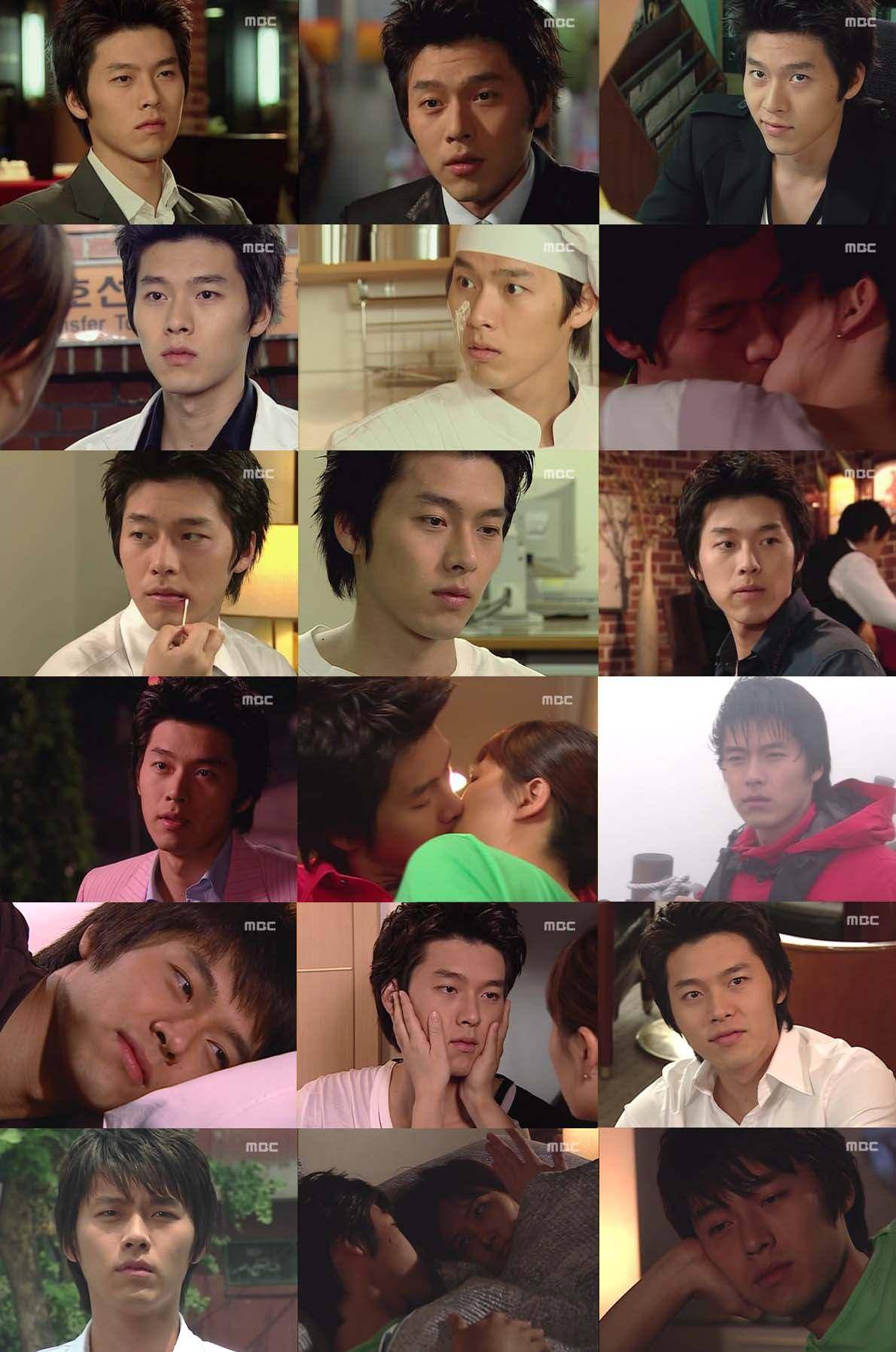
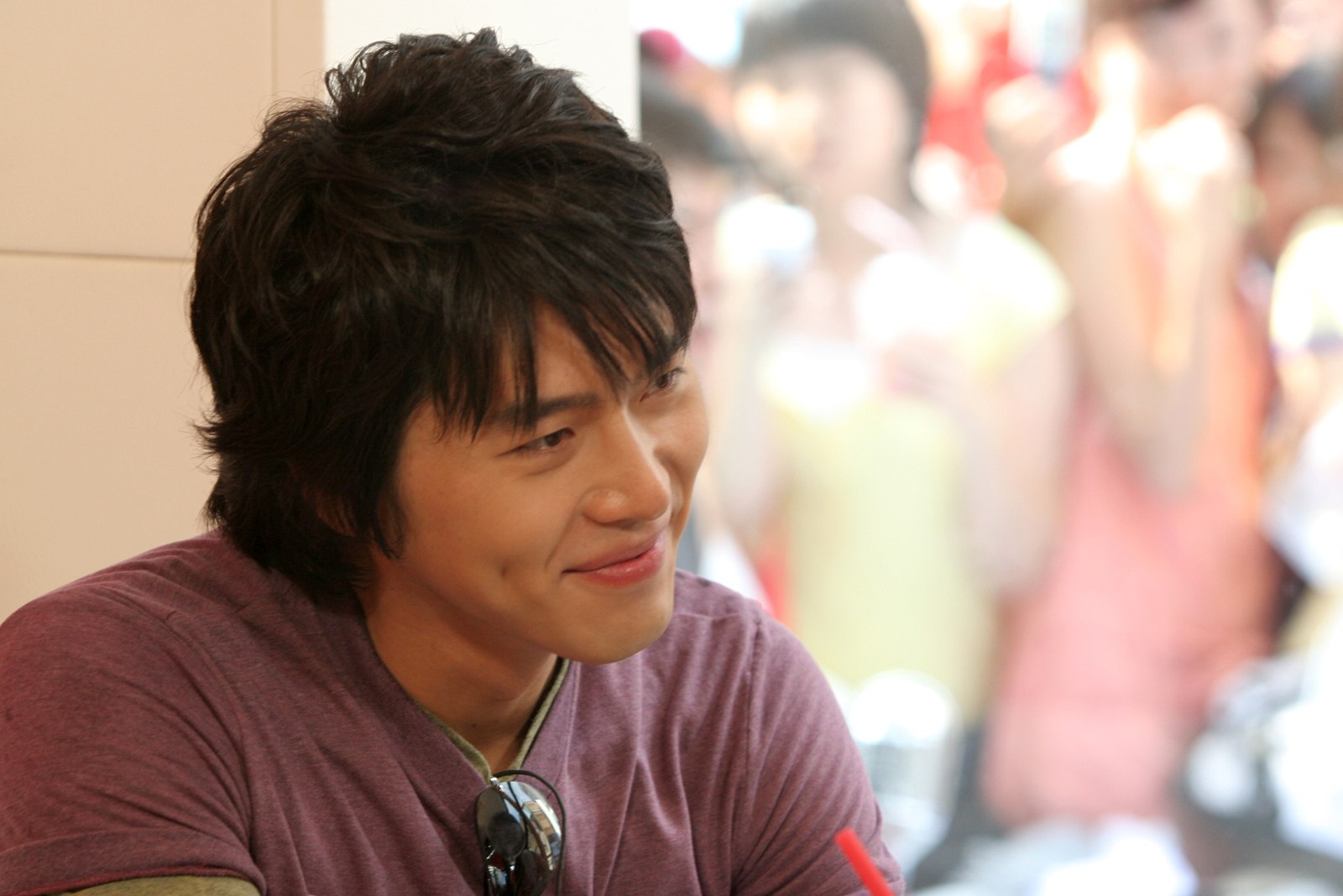
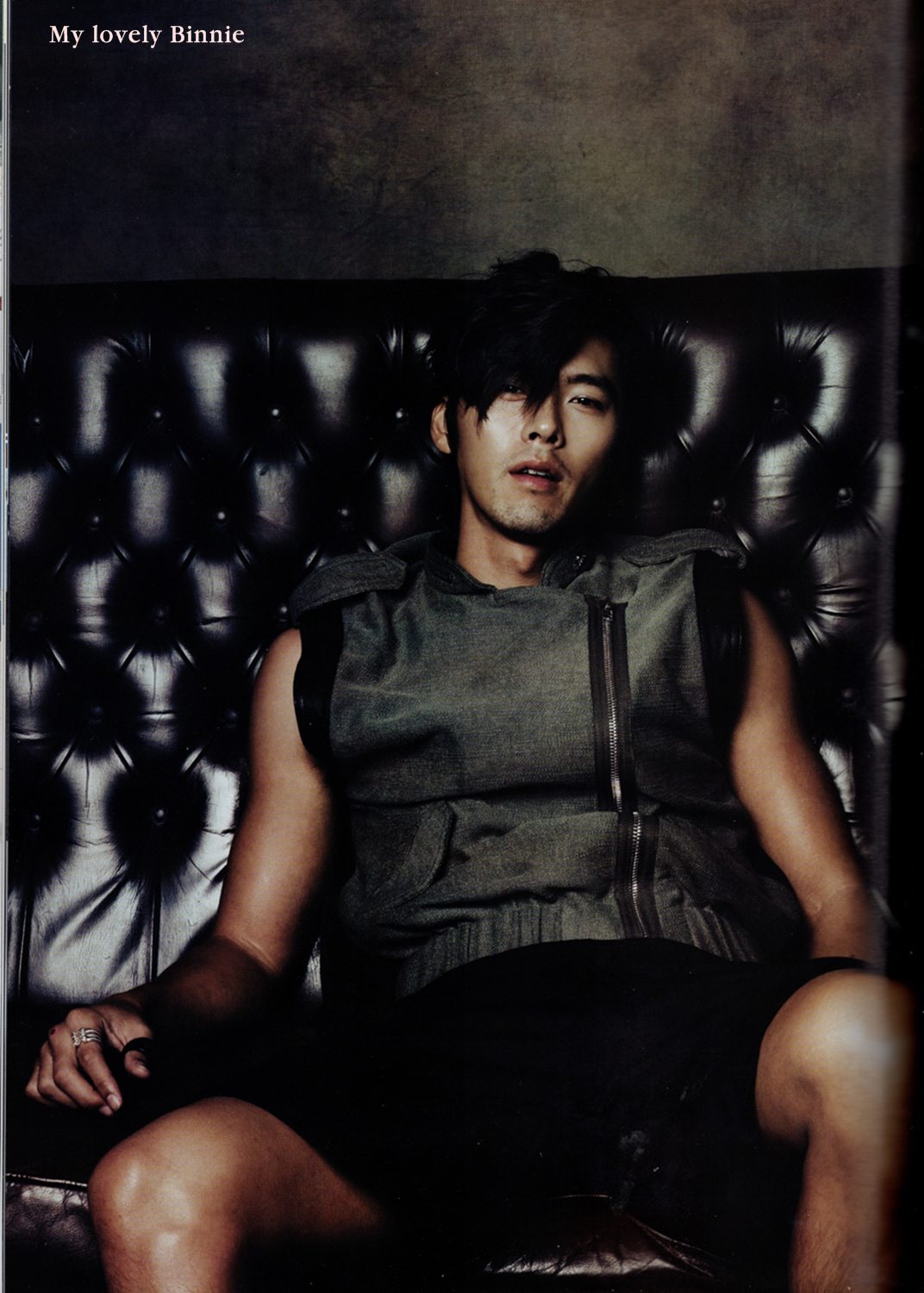
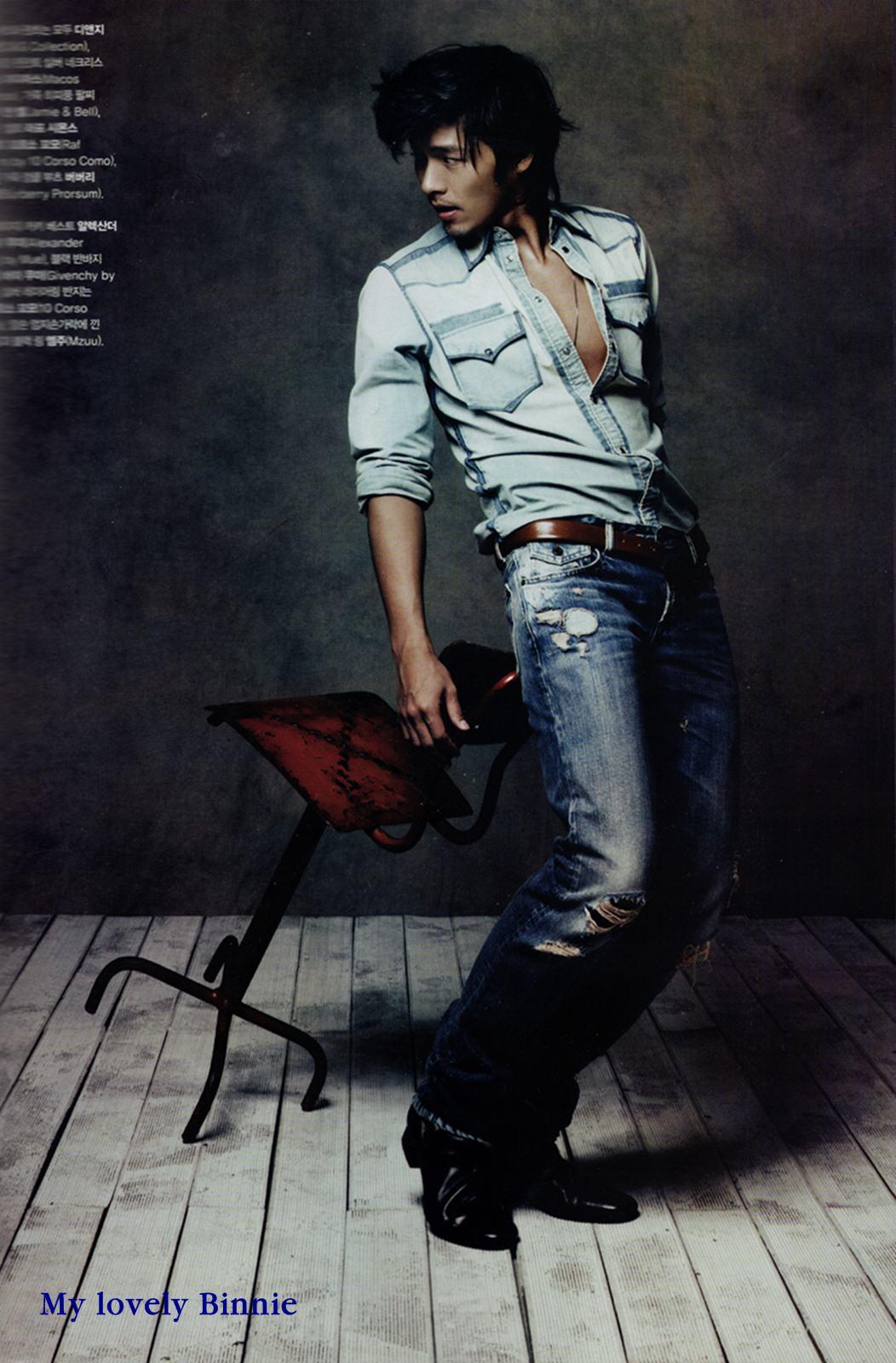
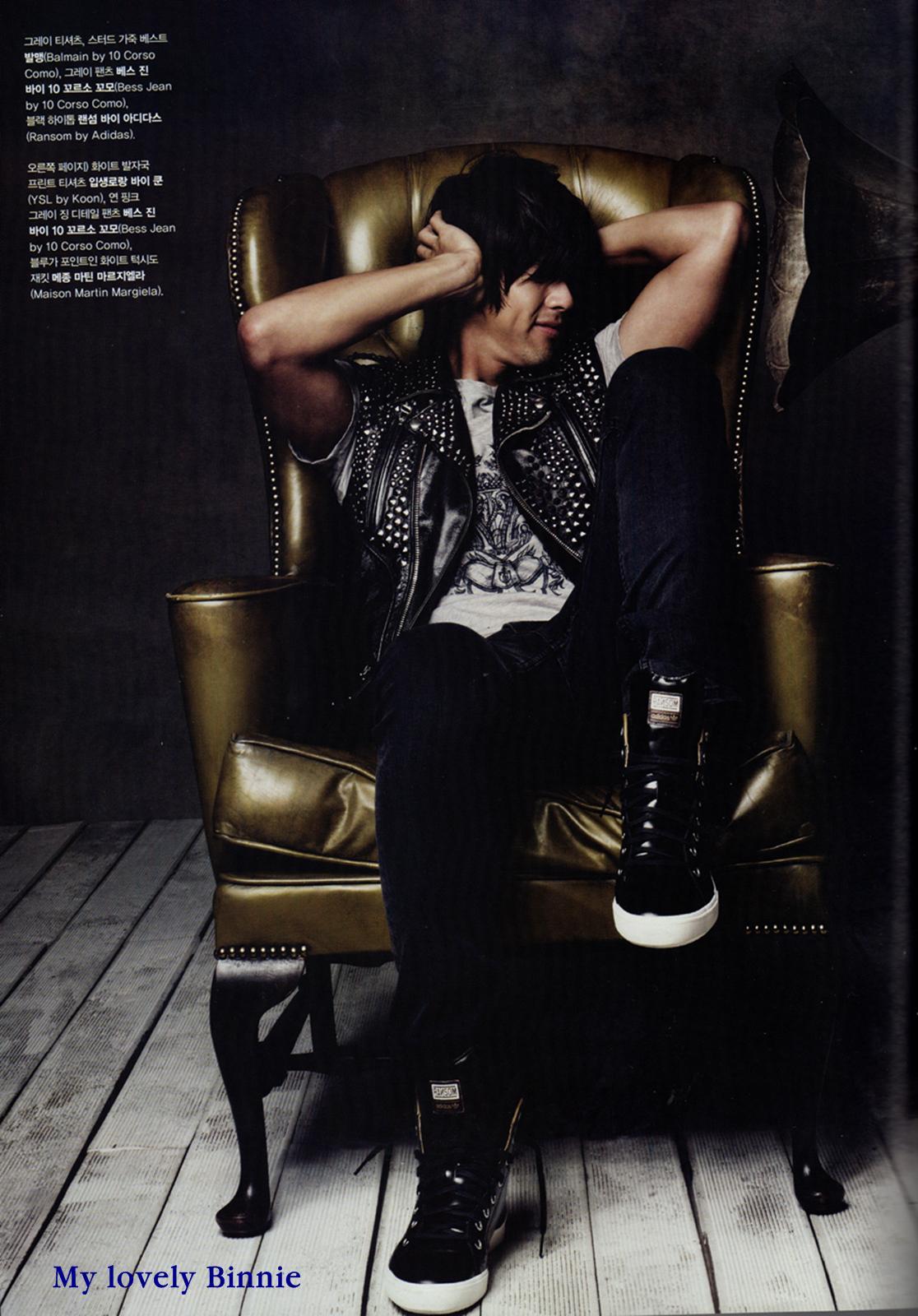

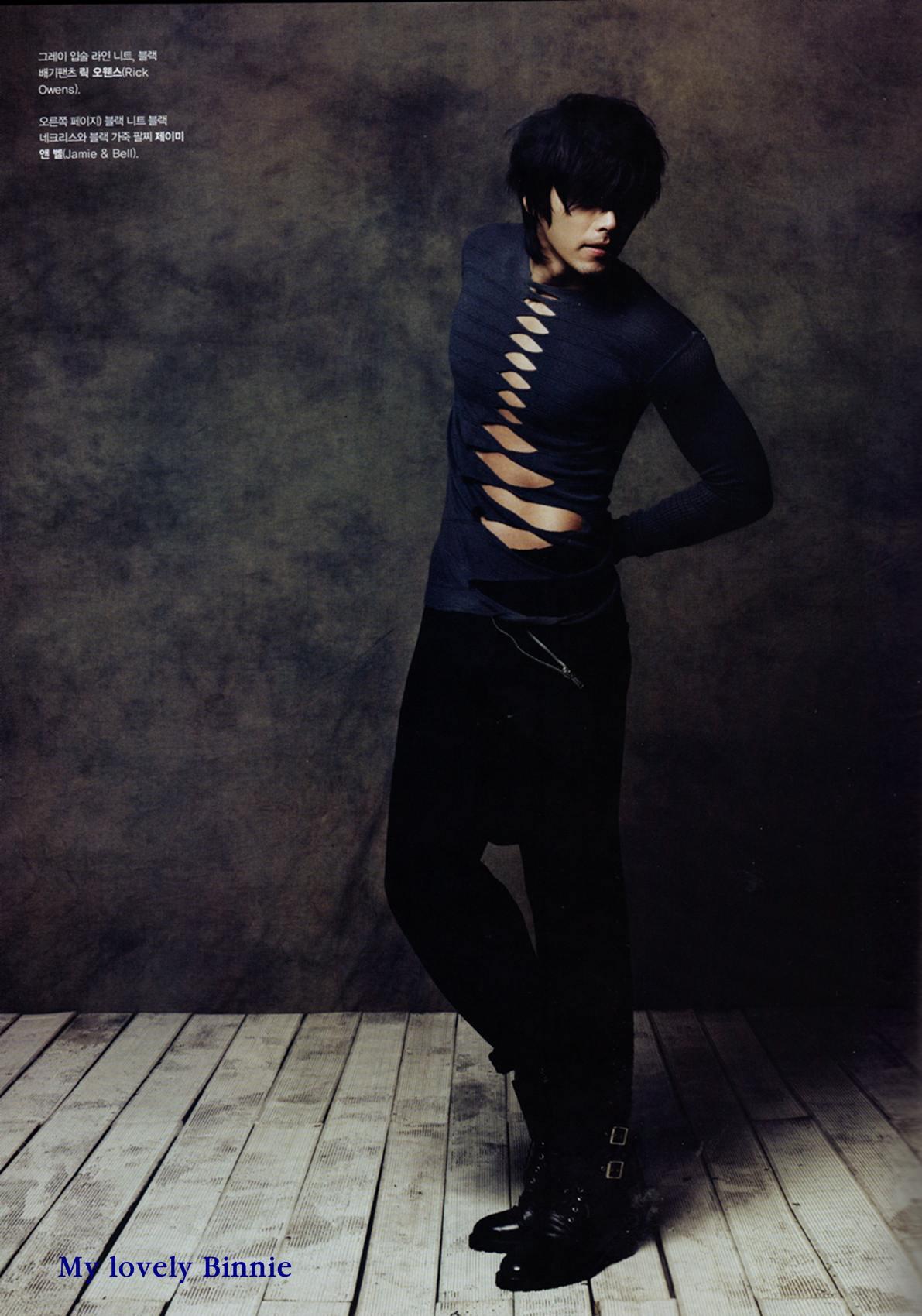


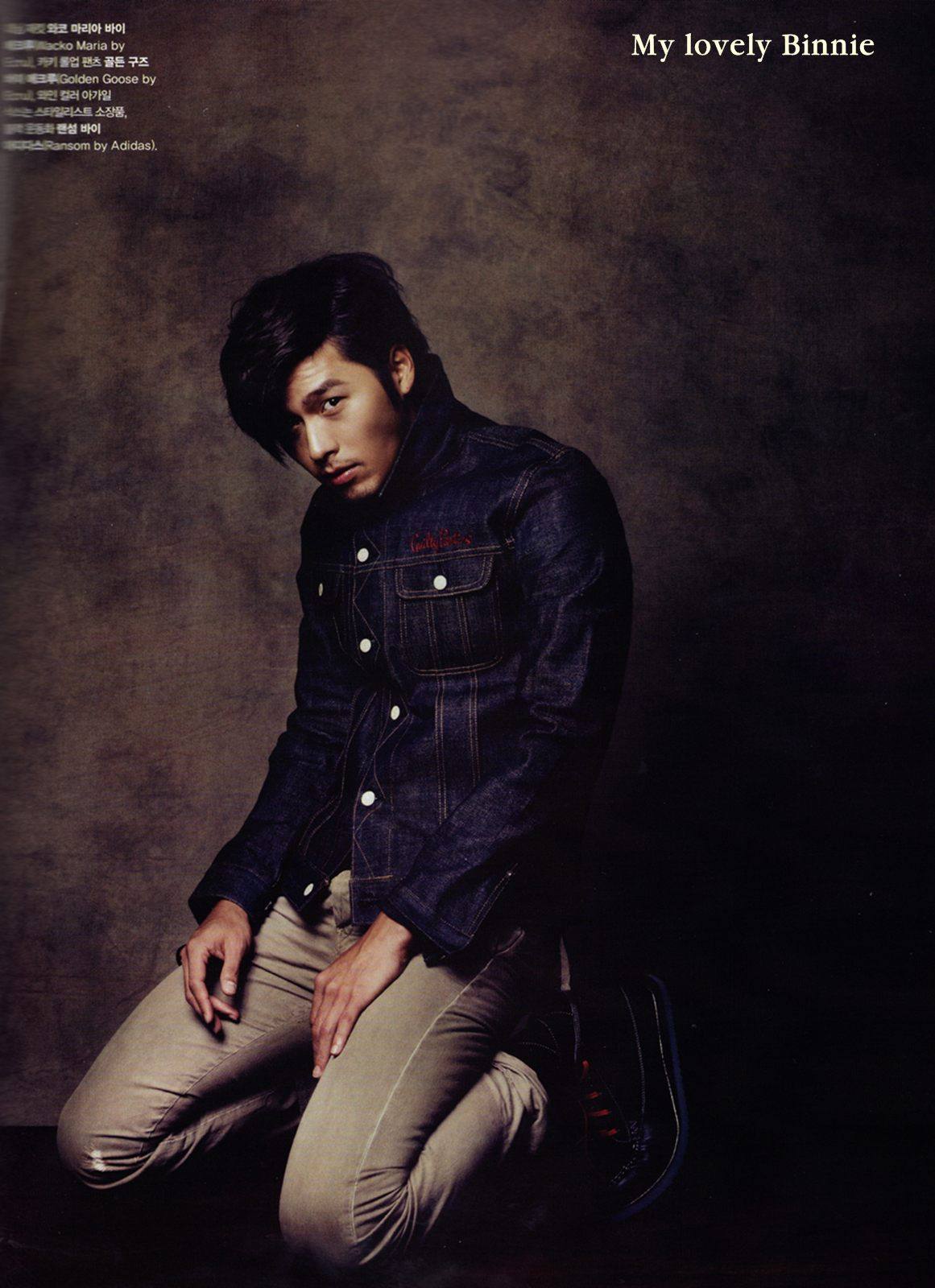
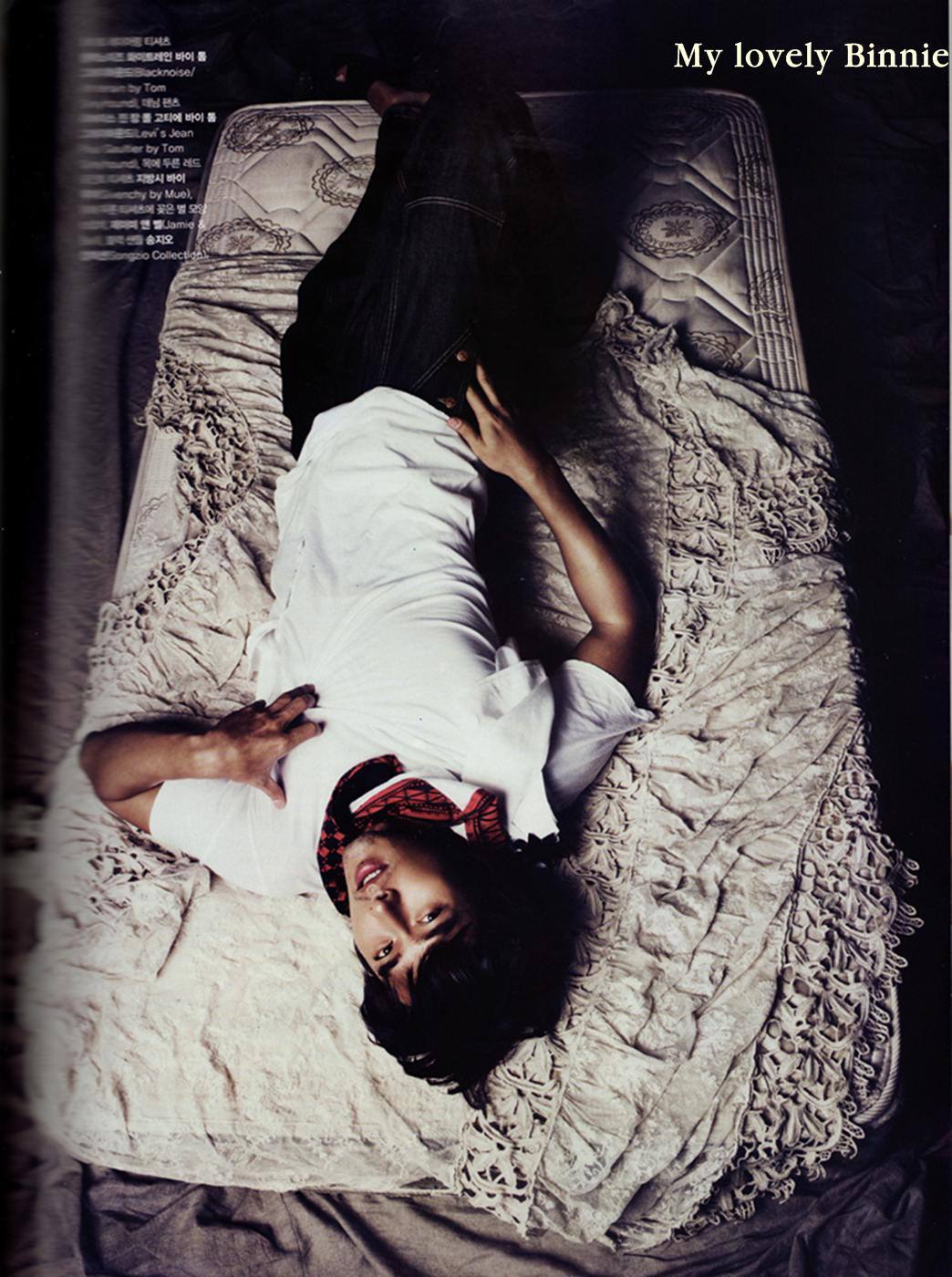


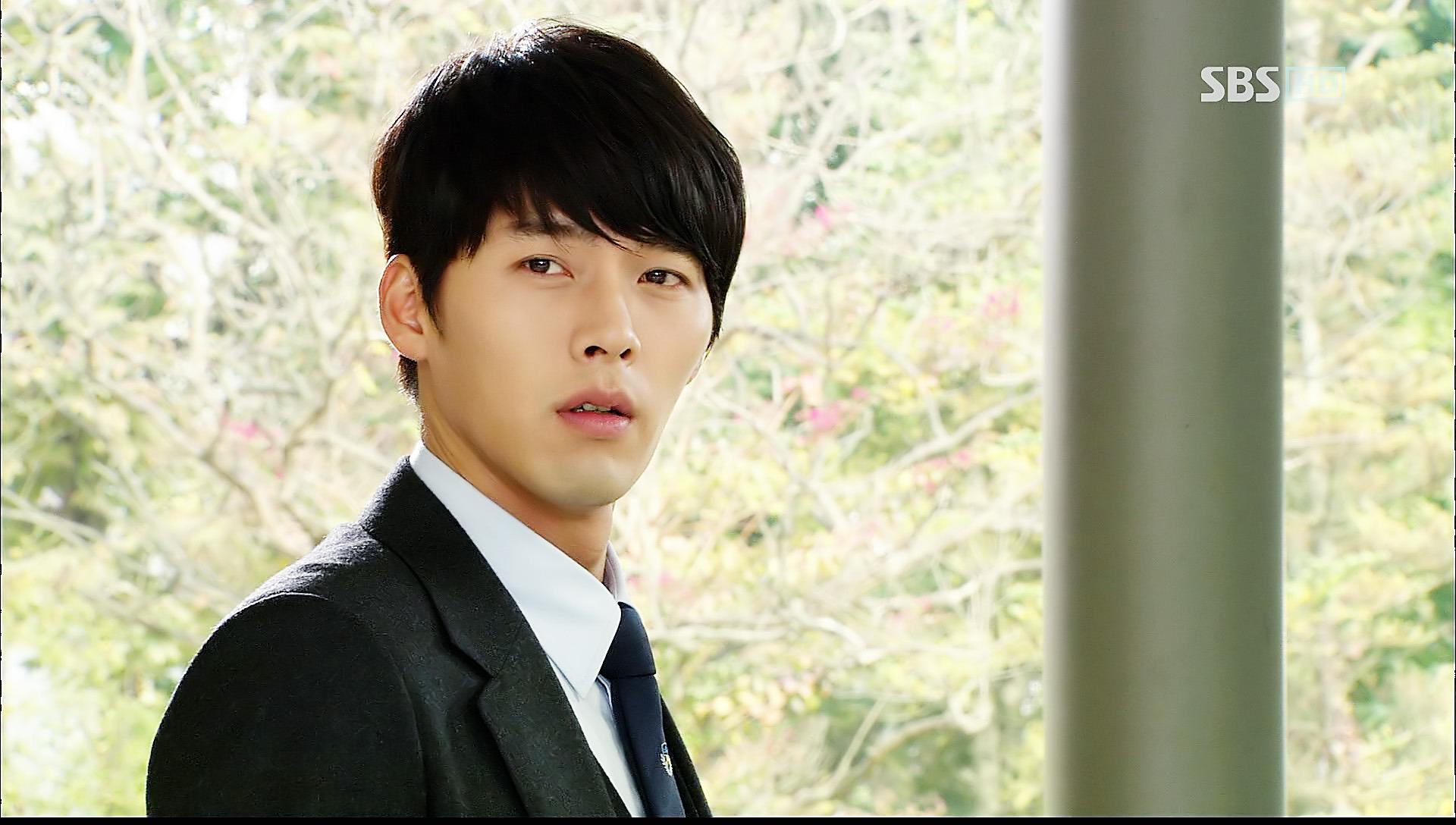

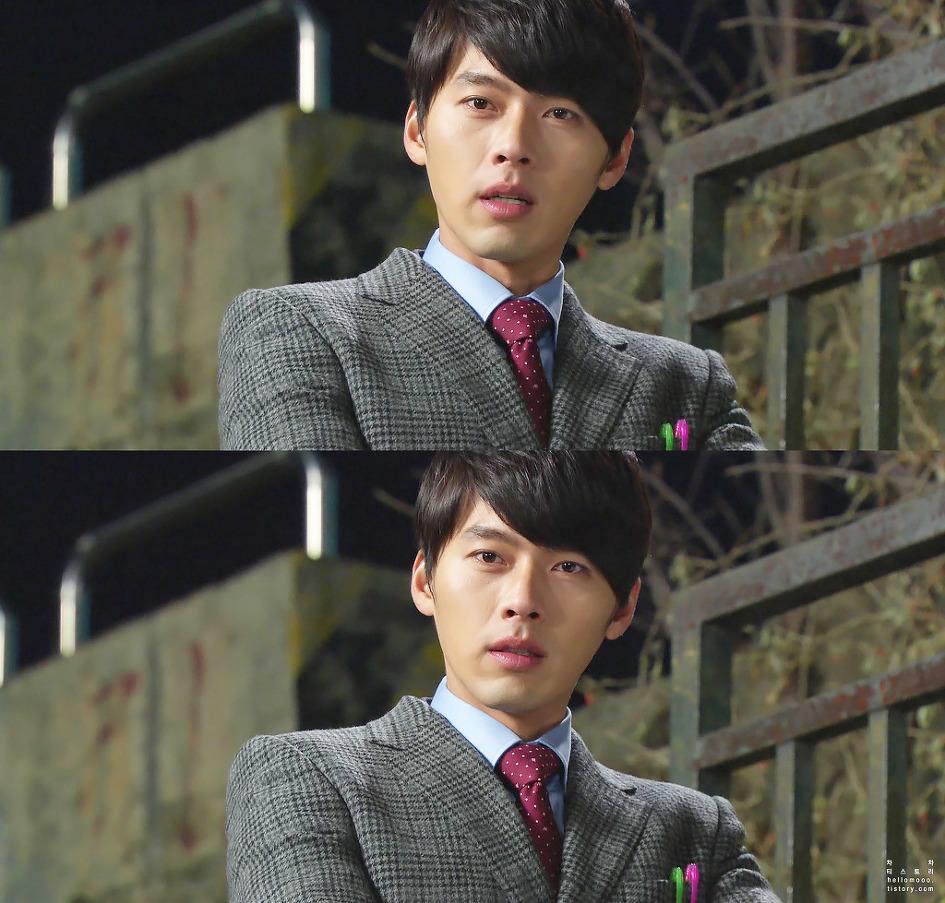


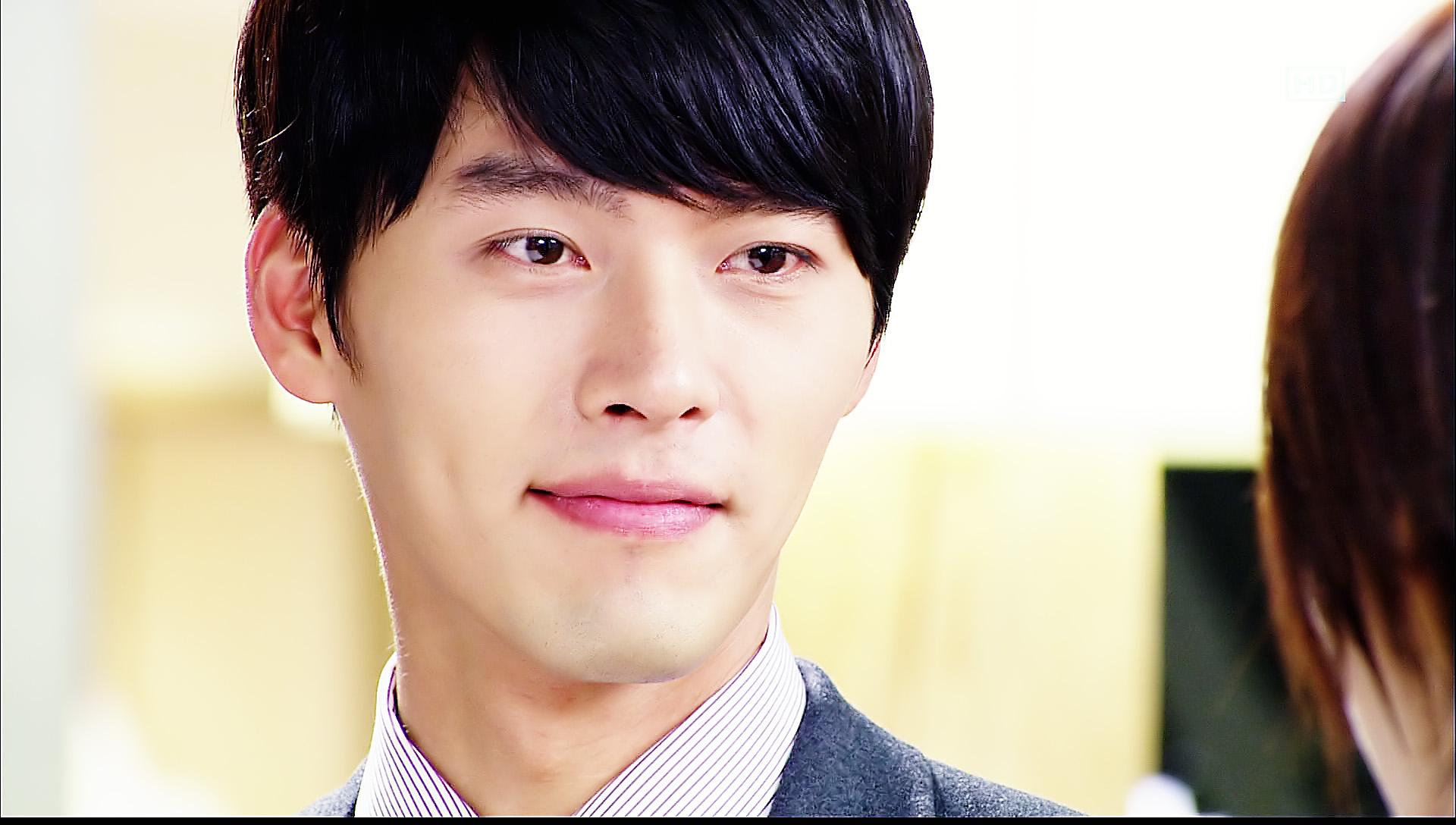






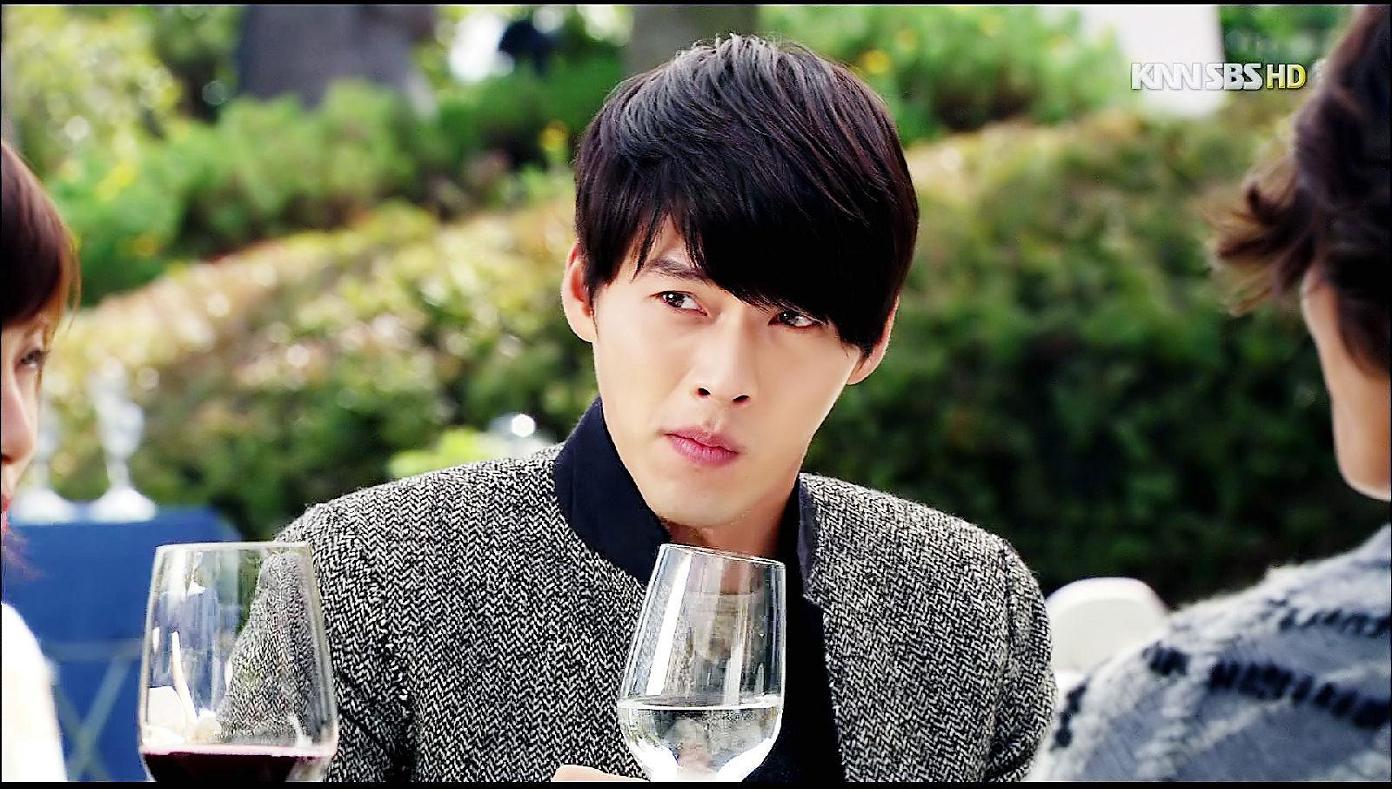



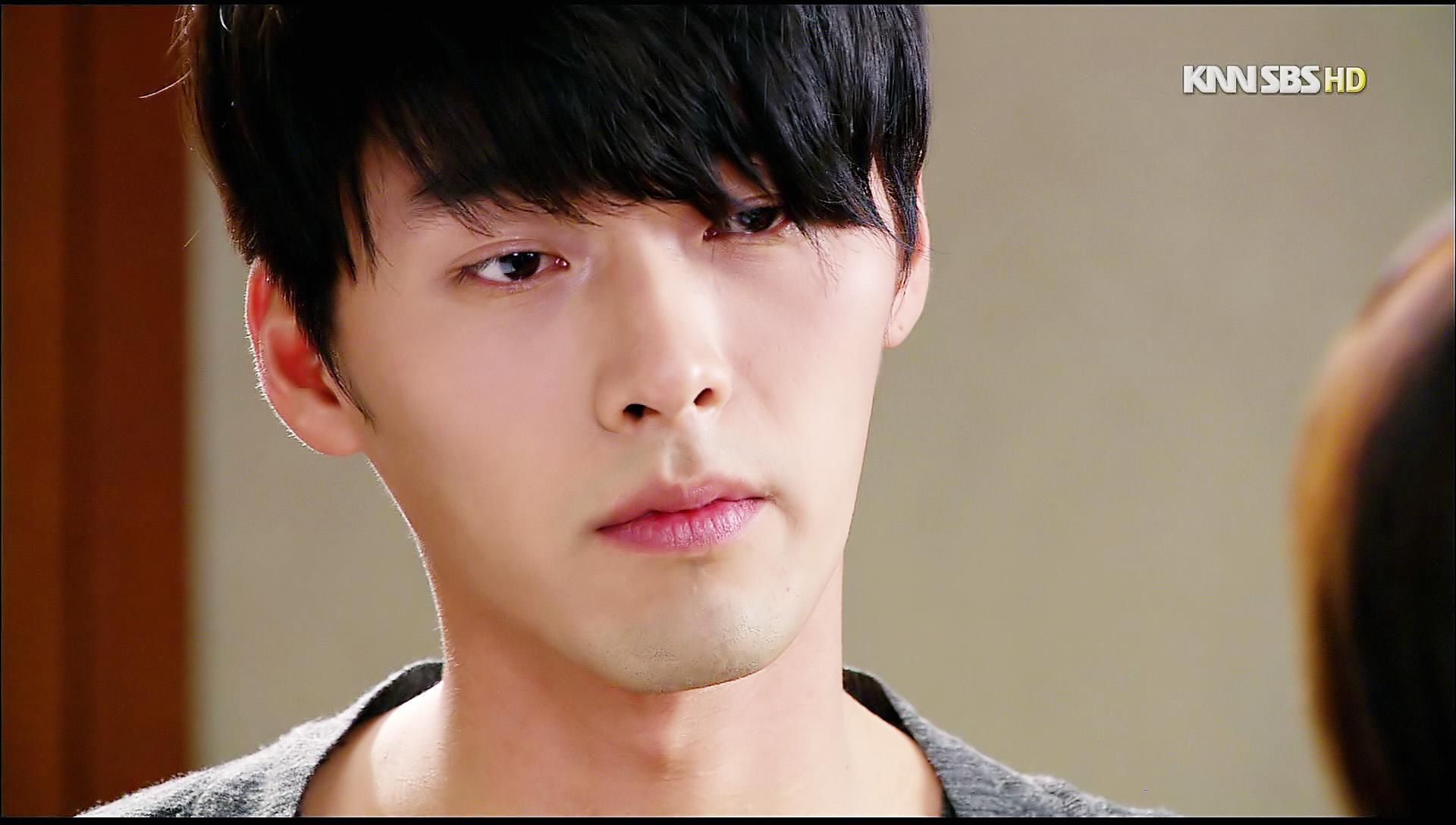


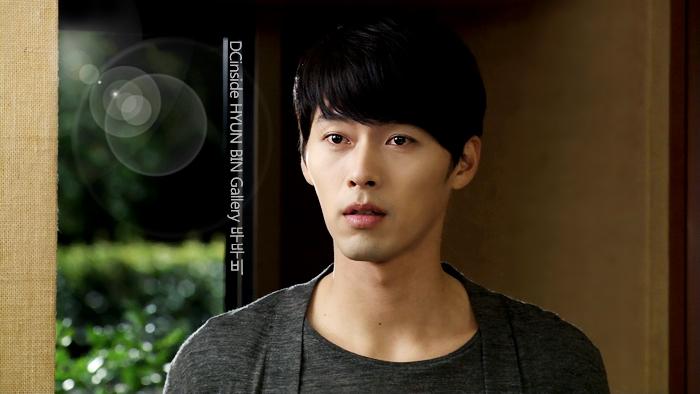


 ป่าว
ป่าว